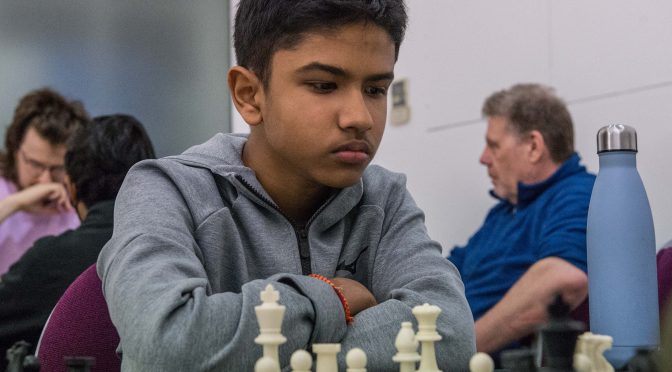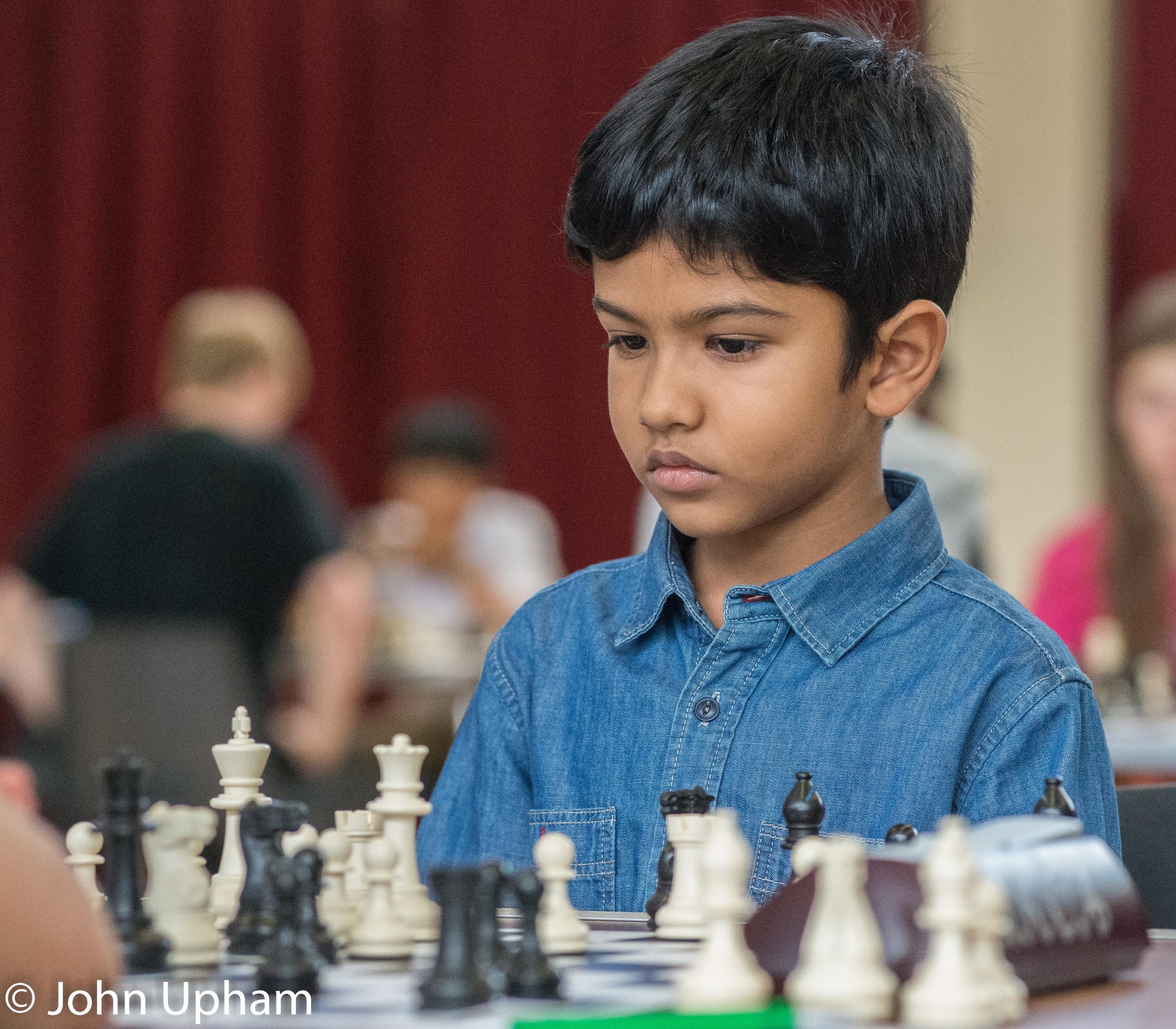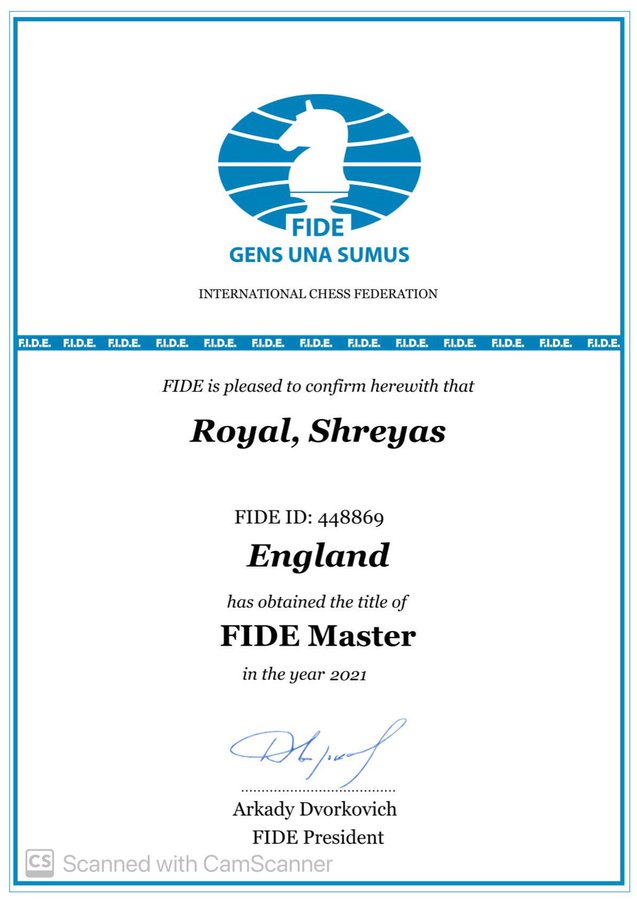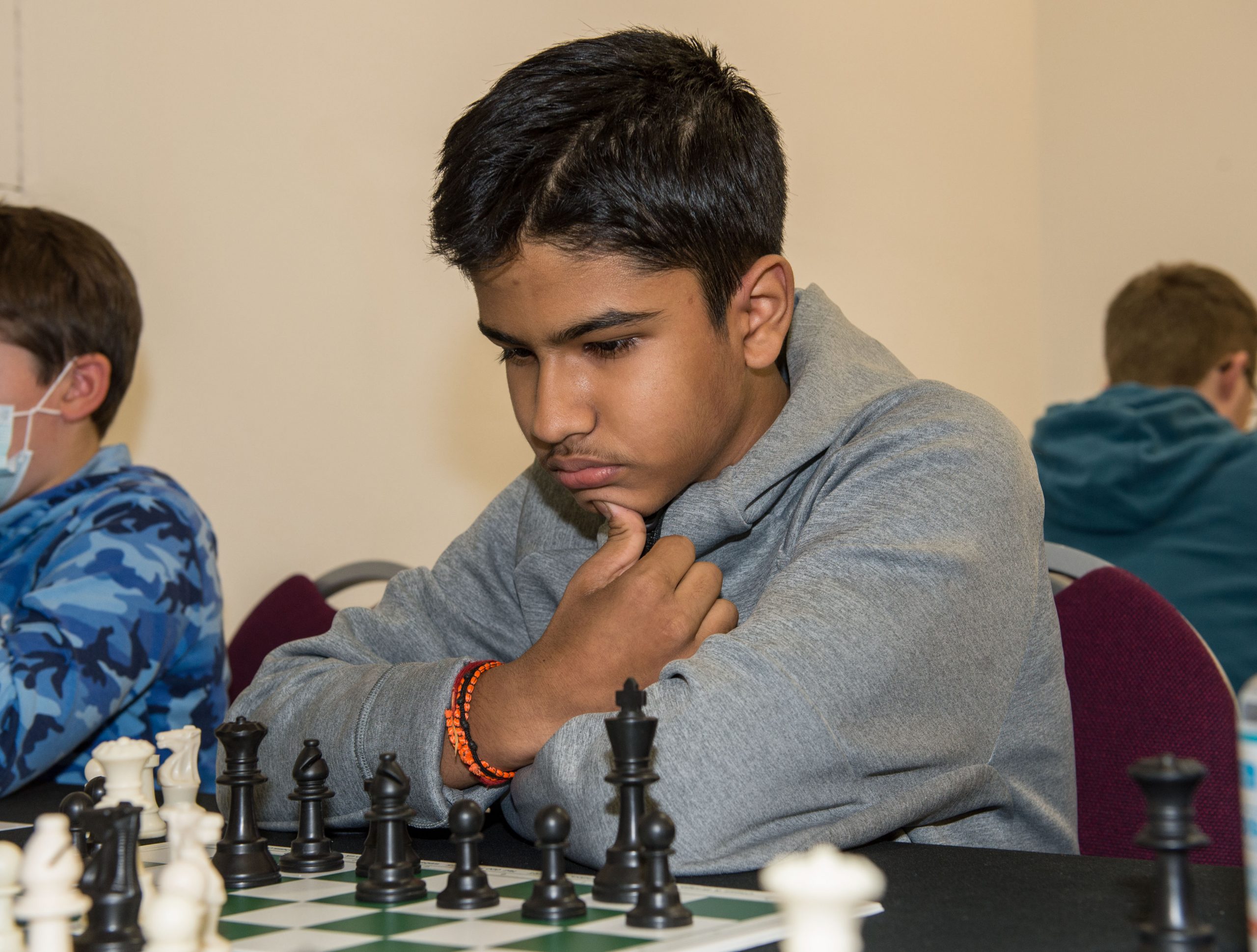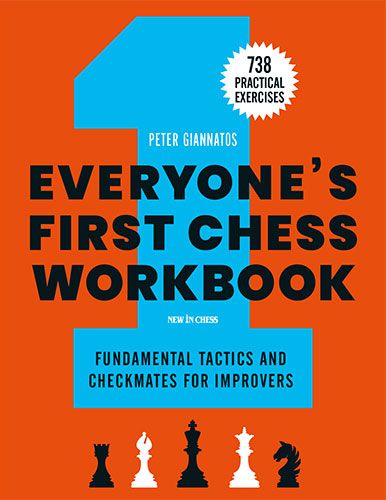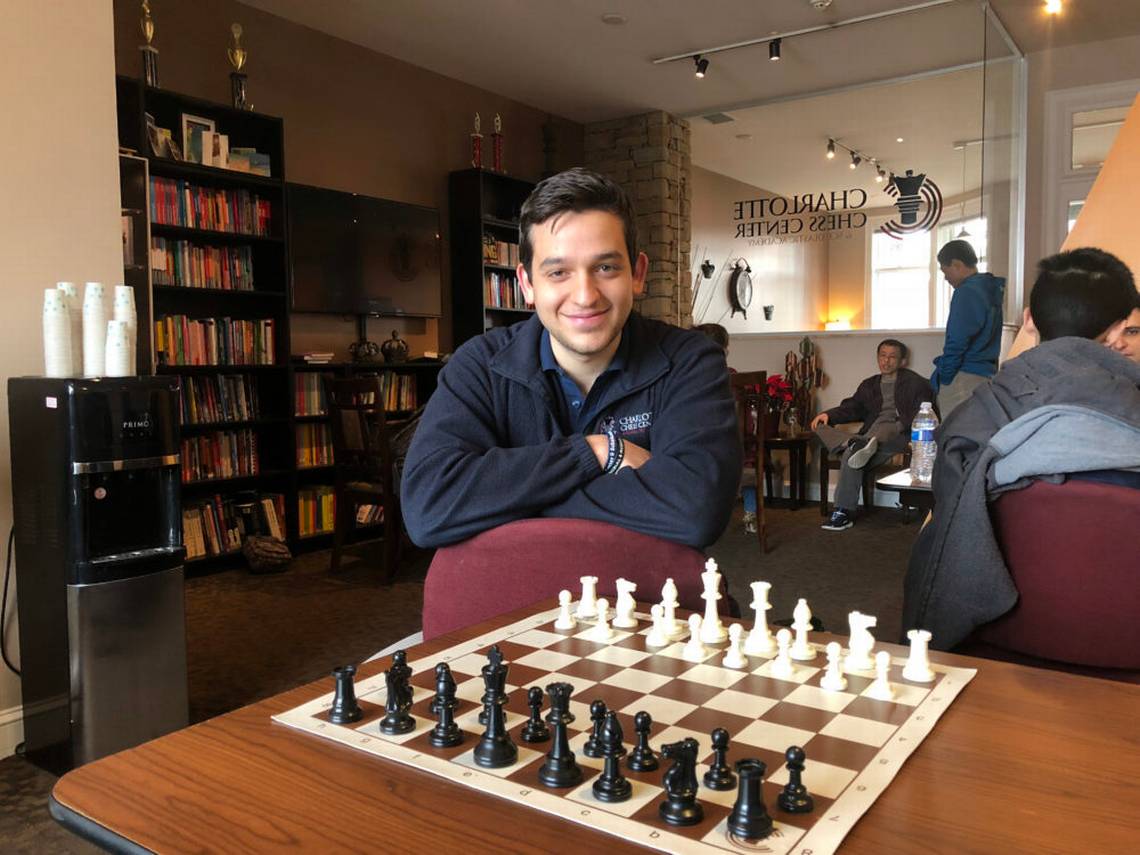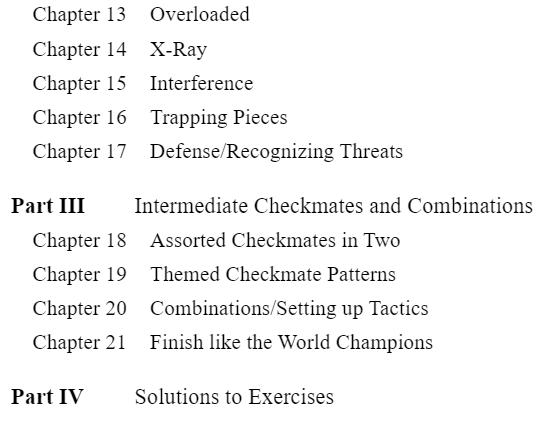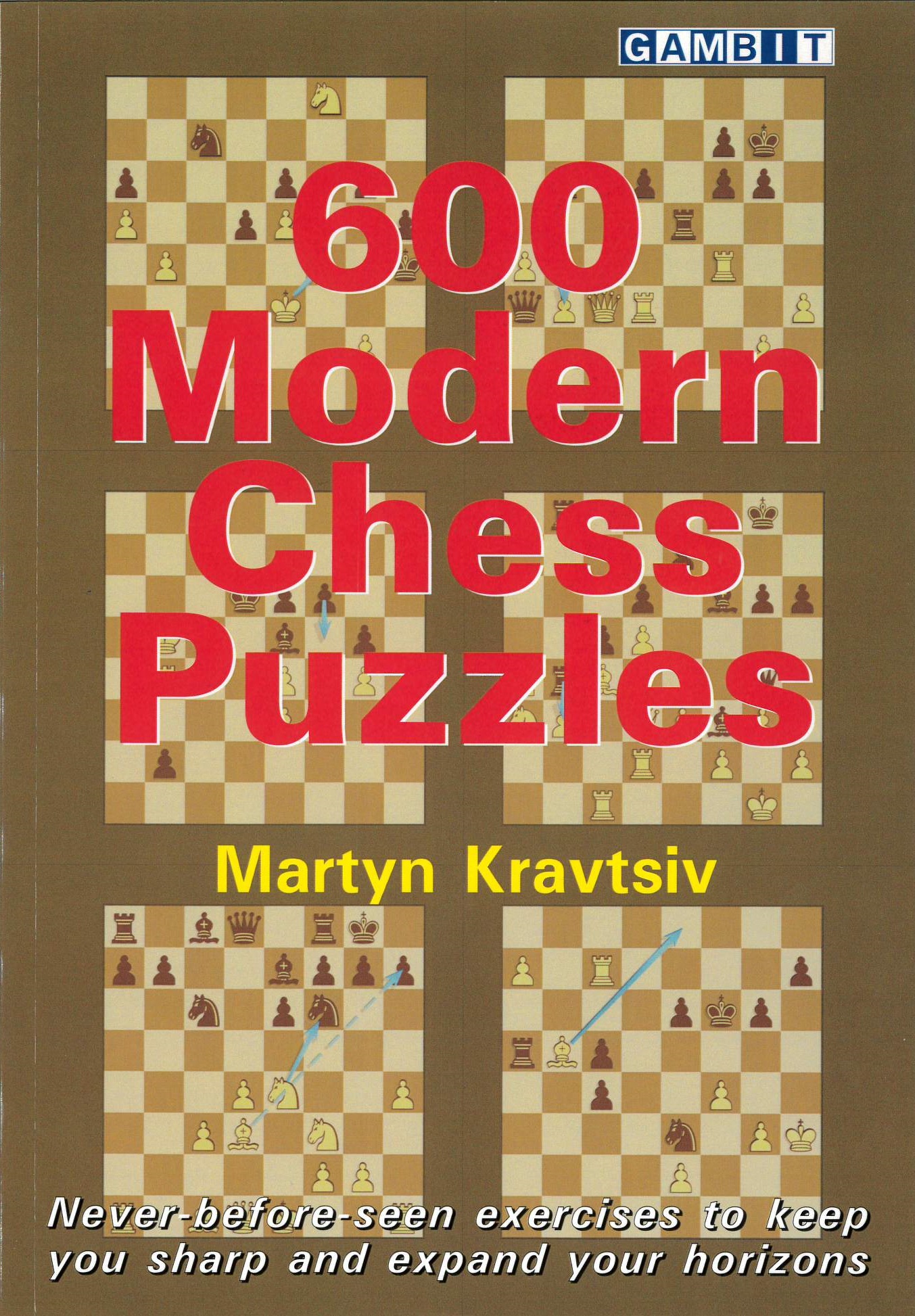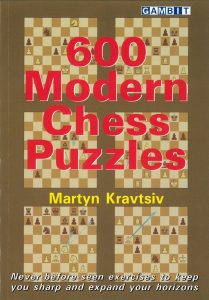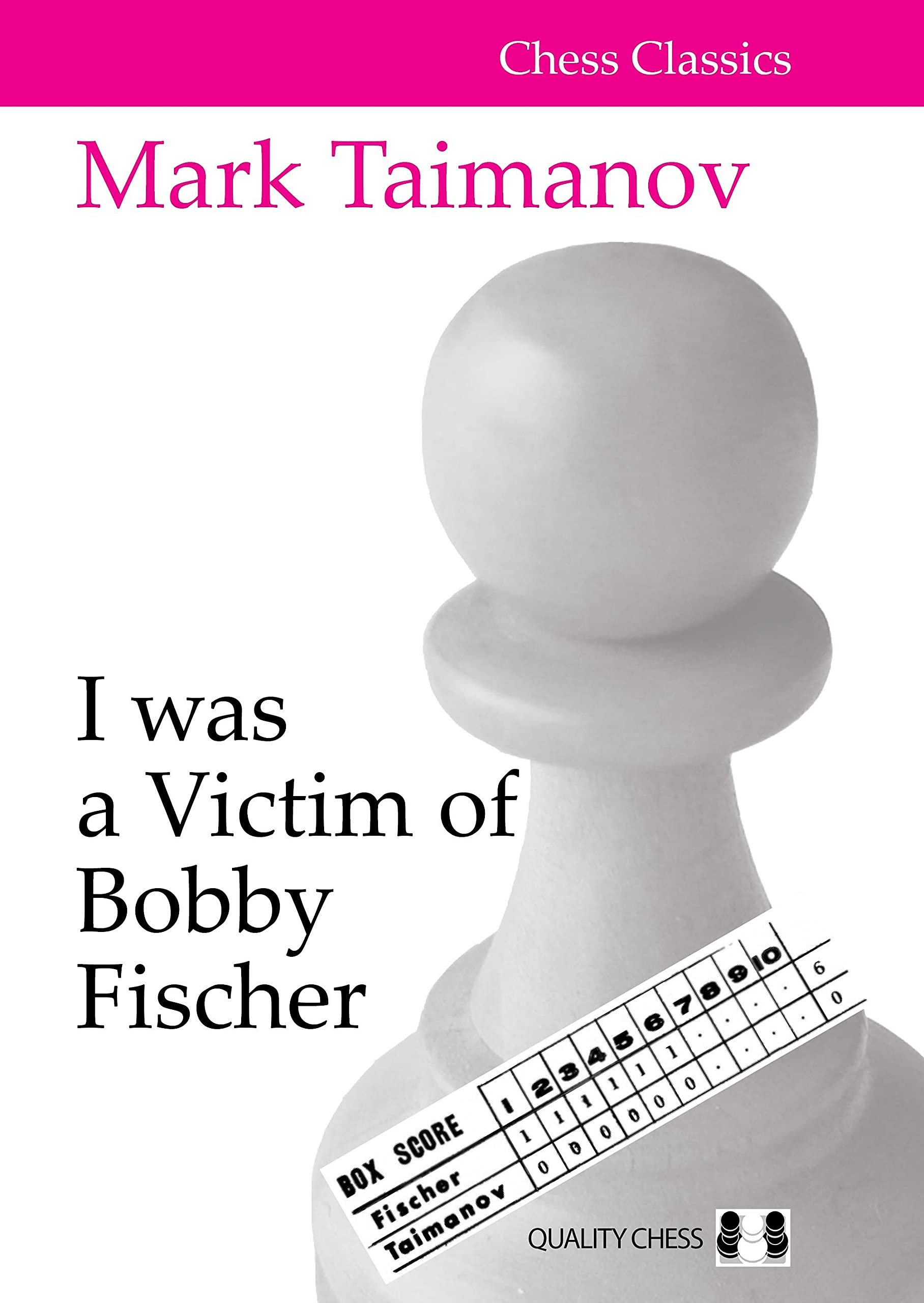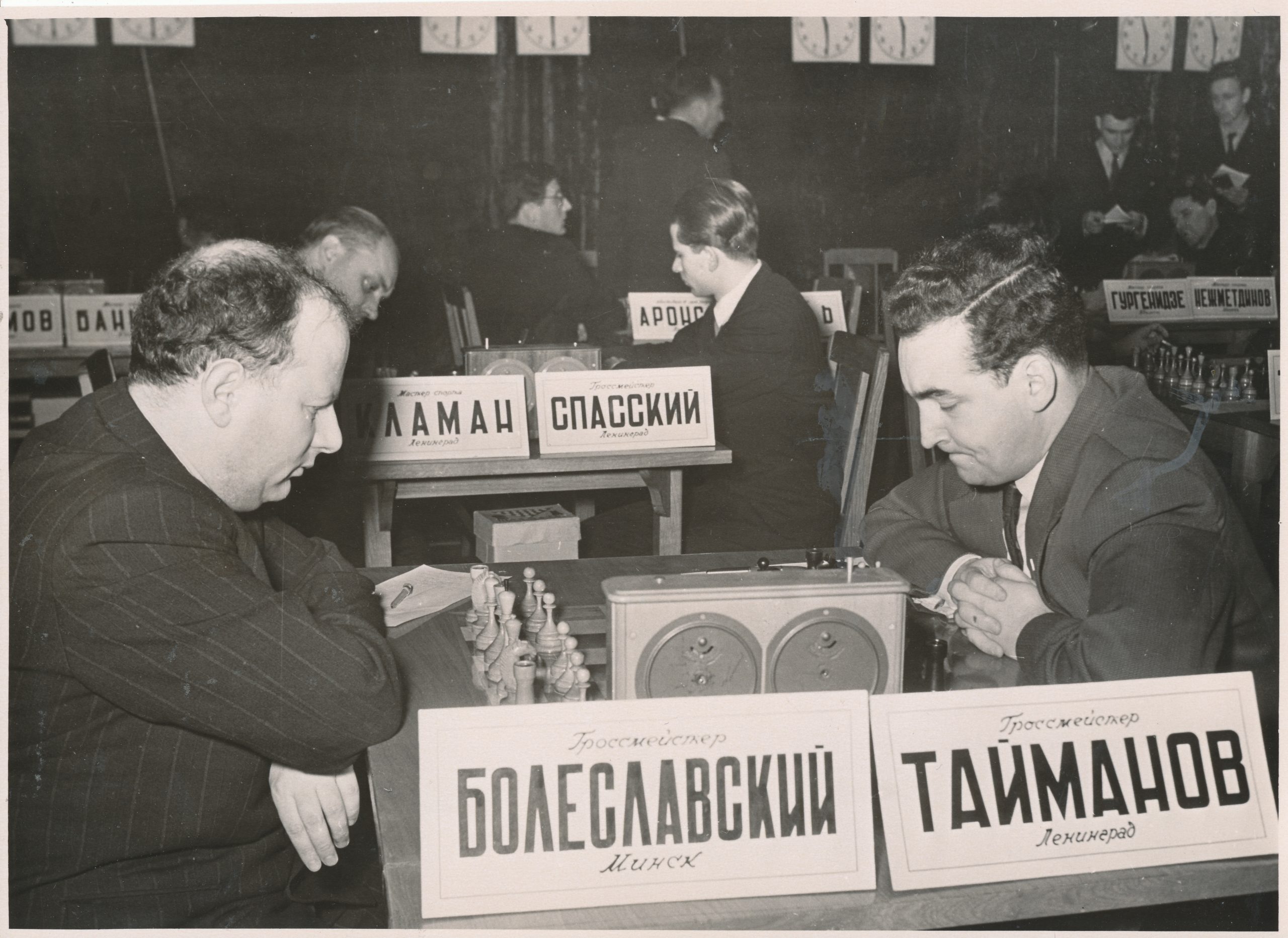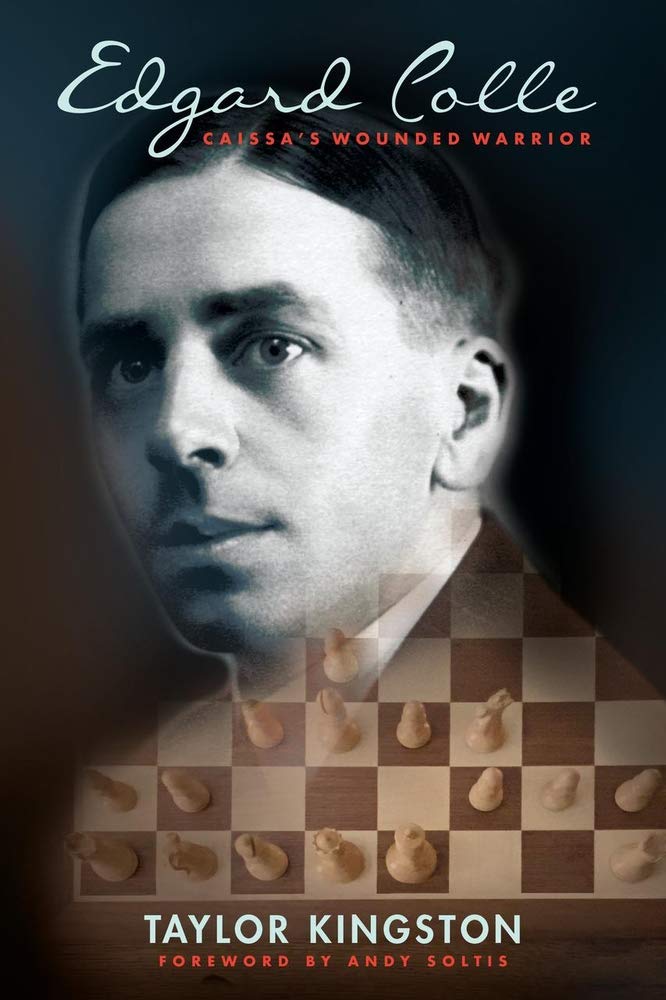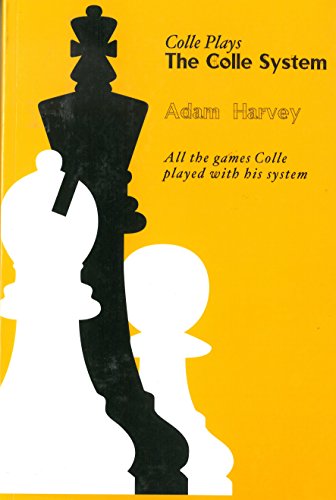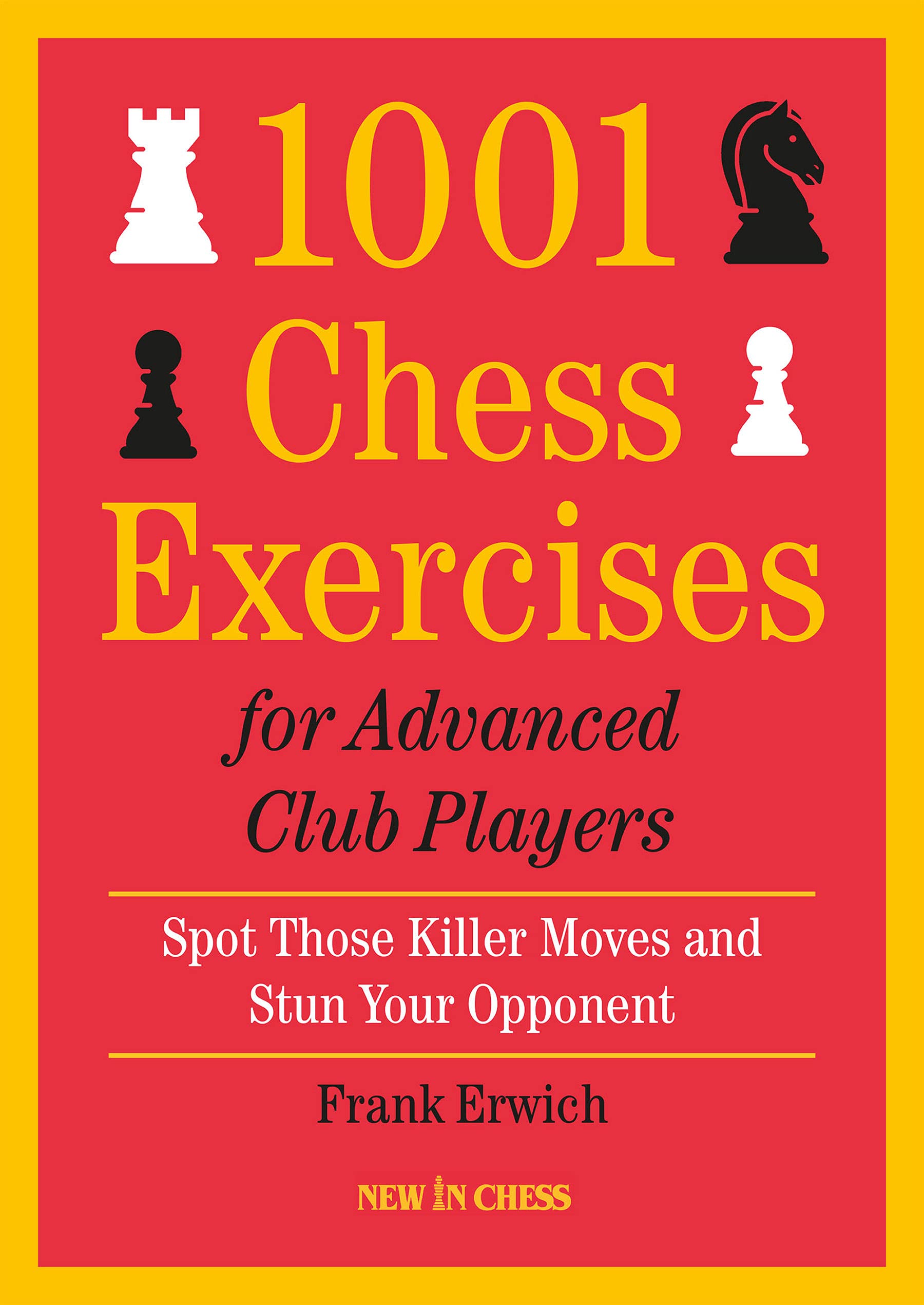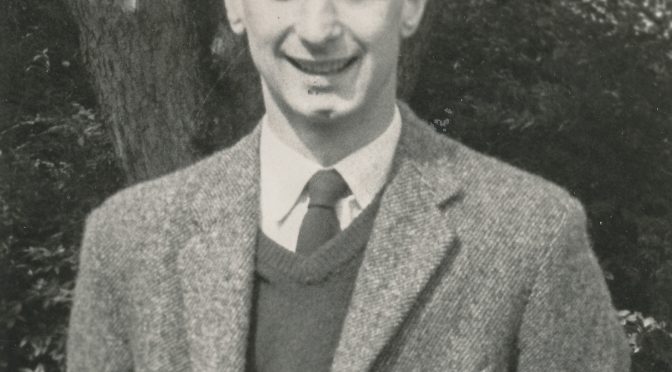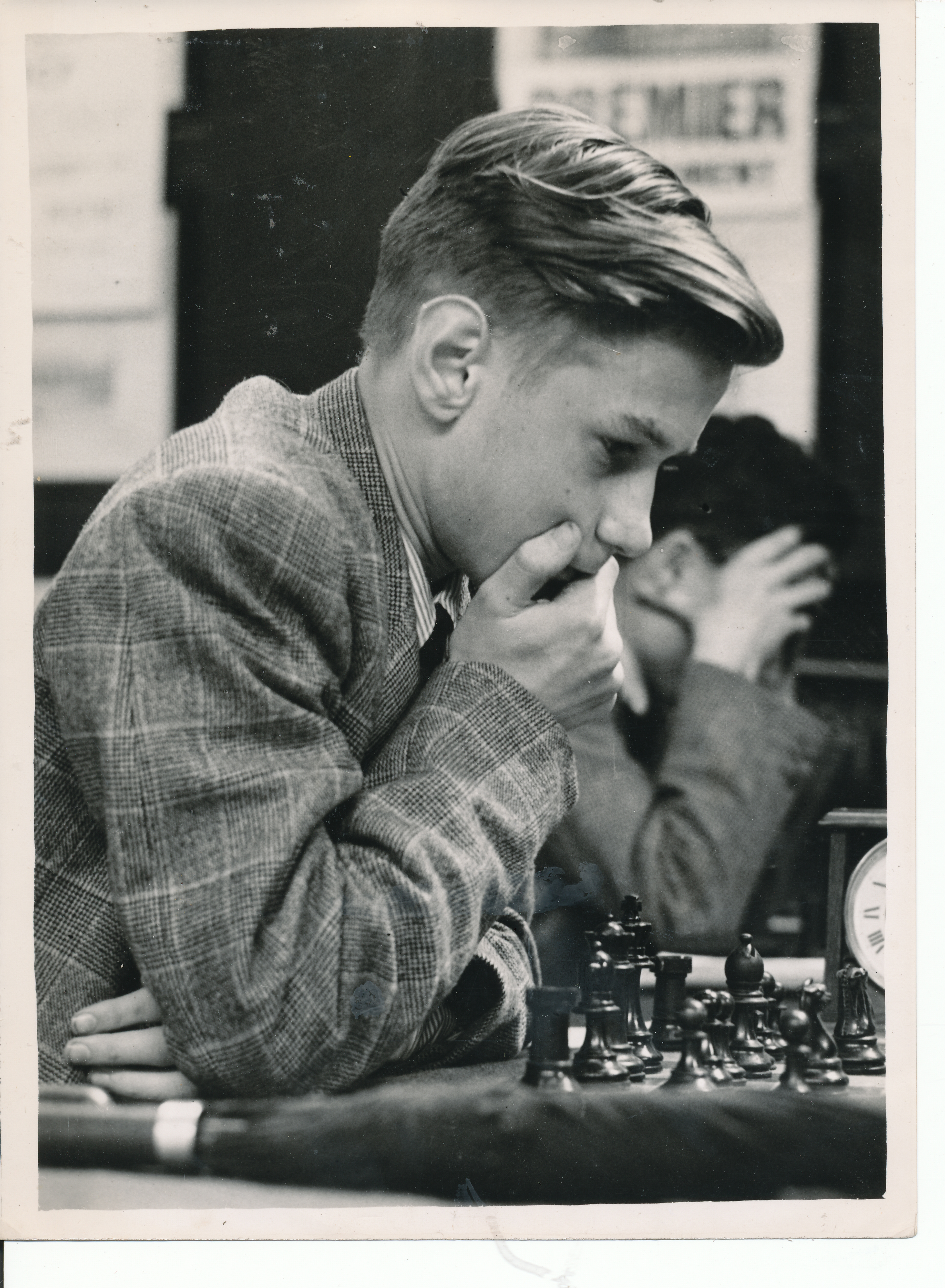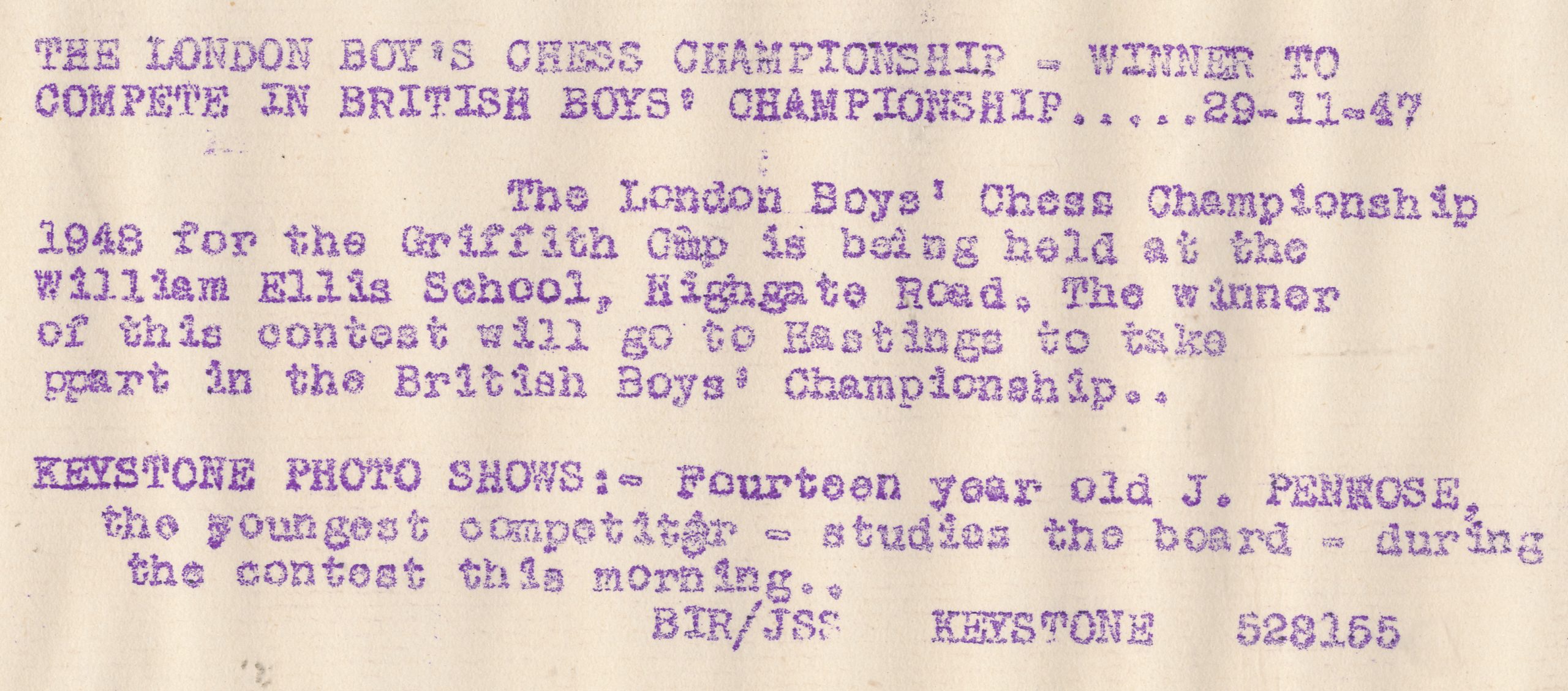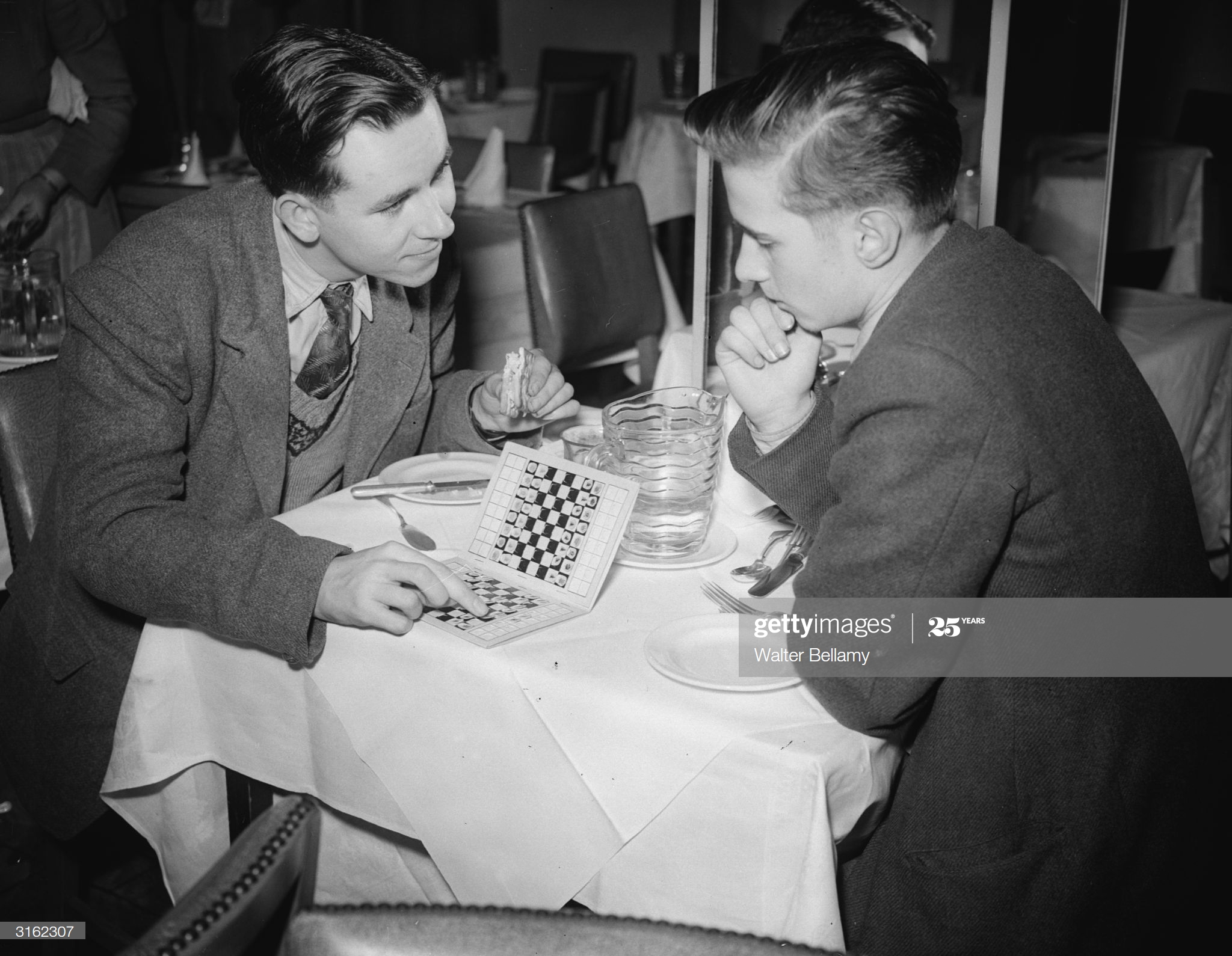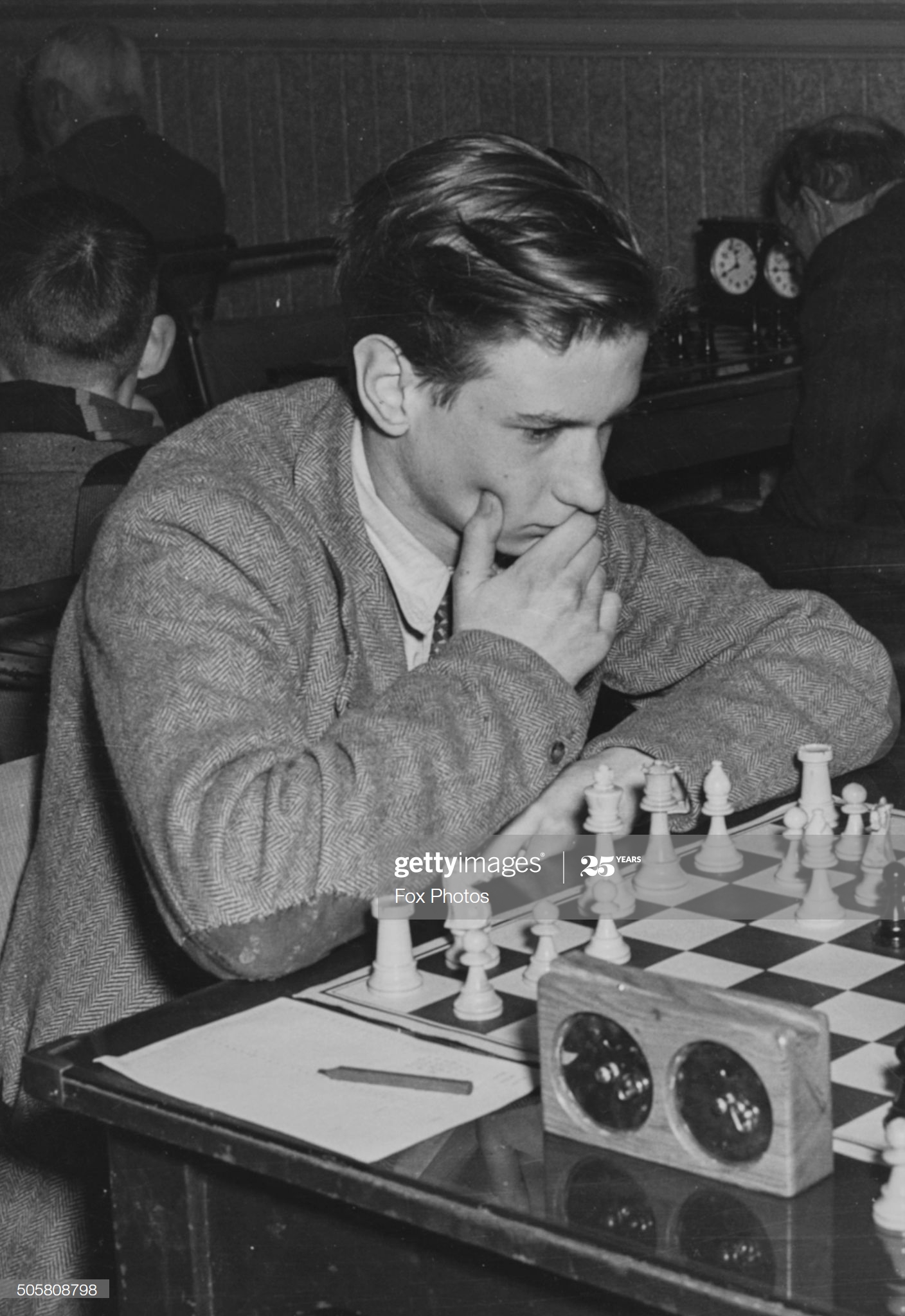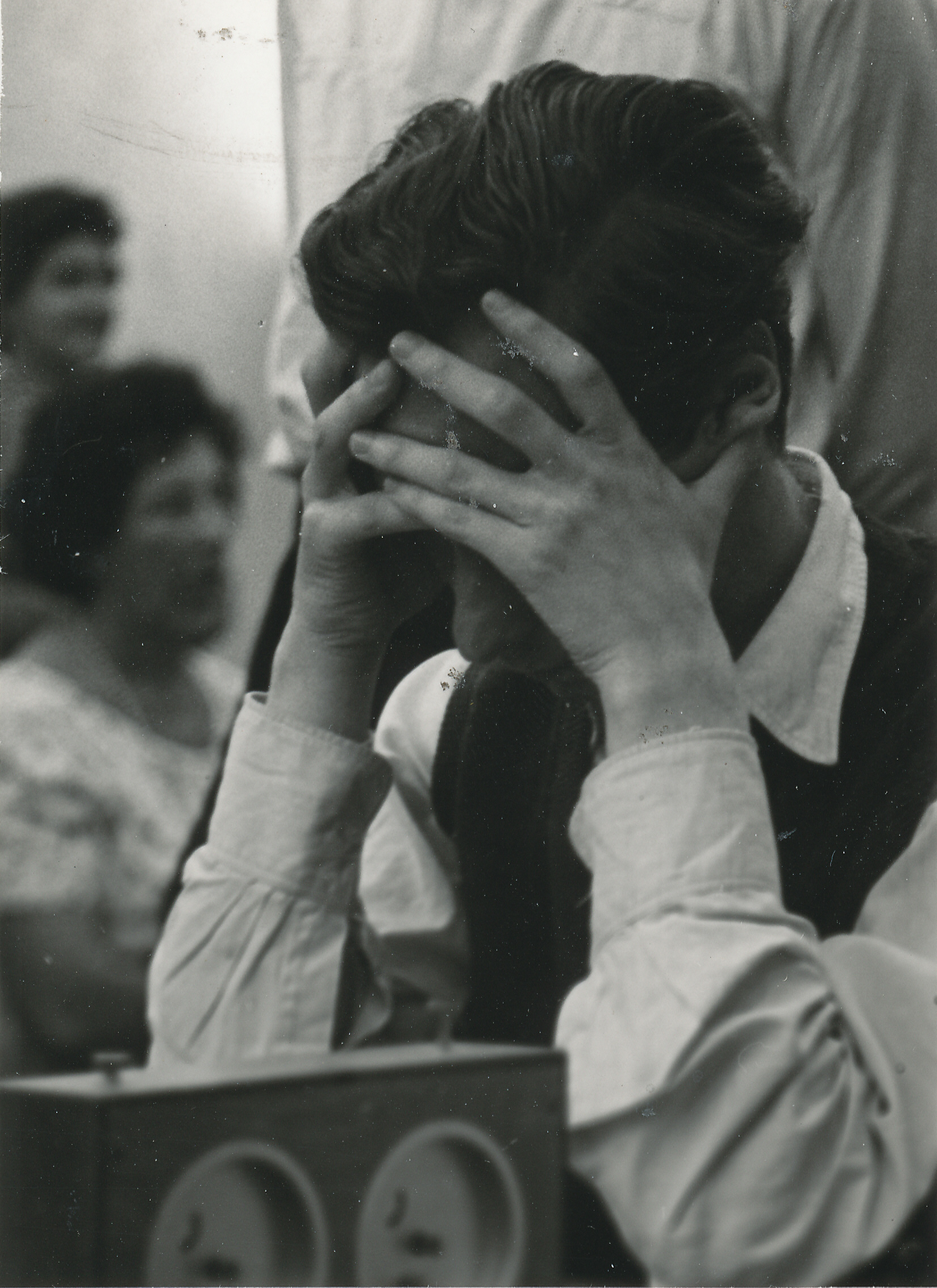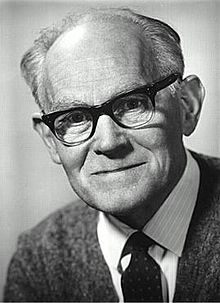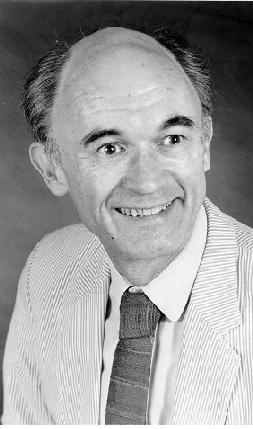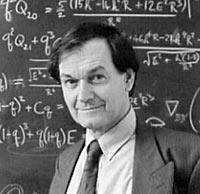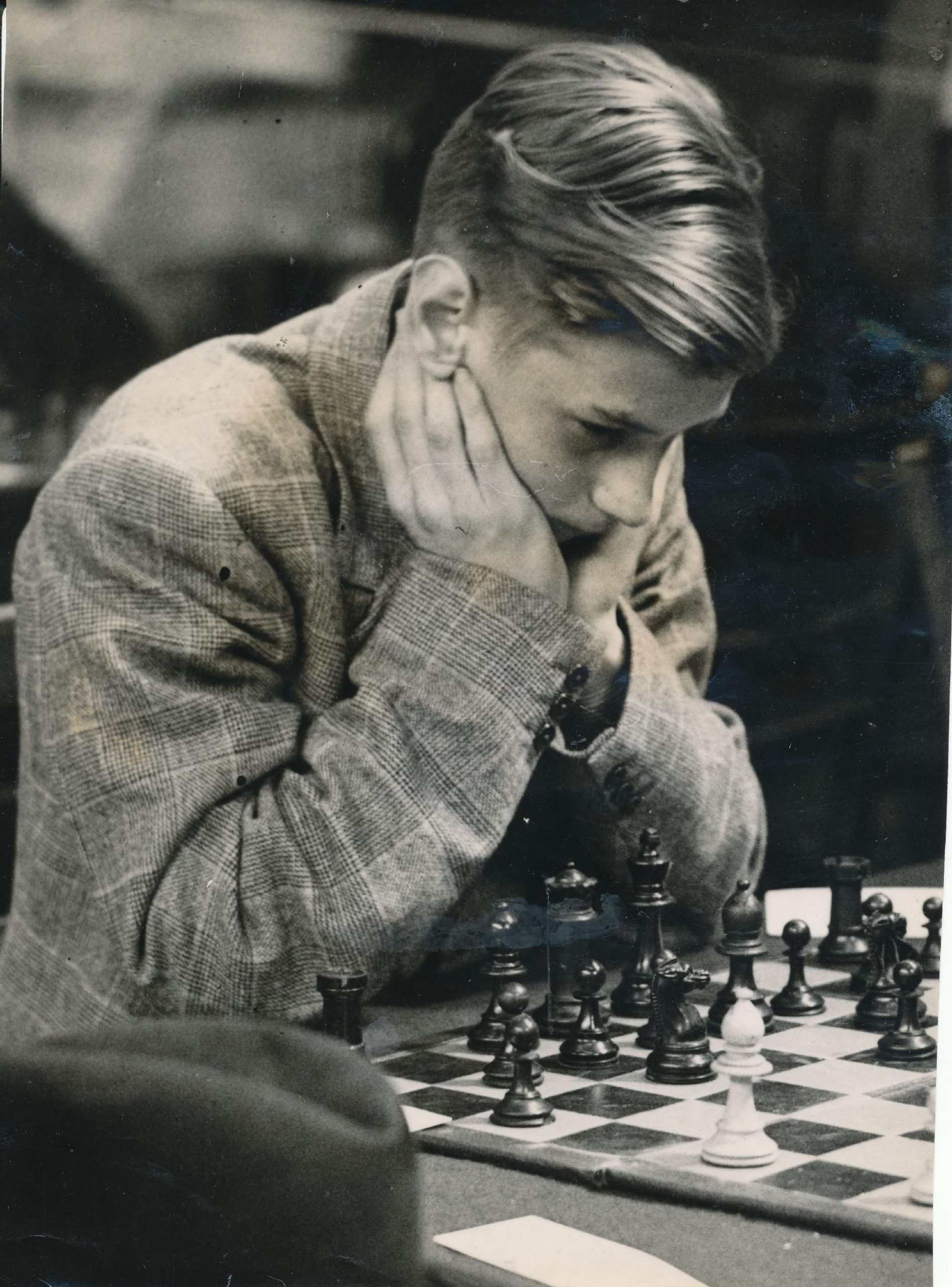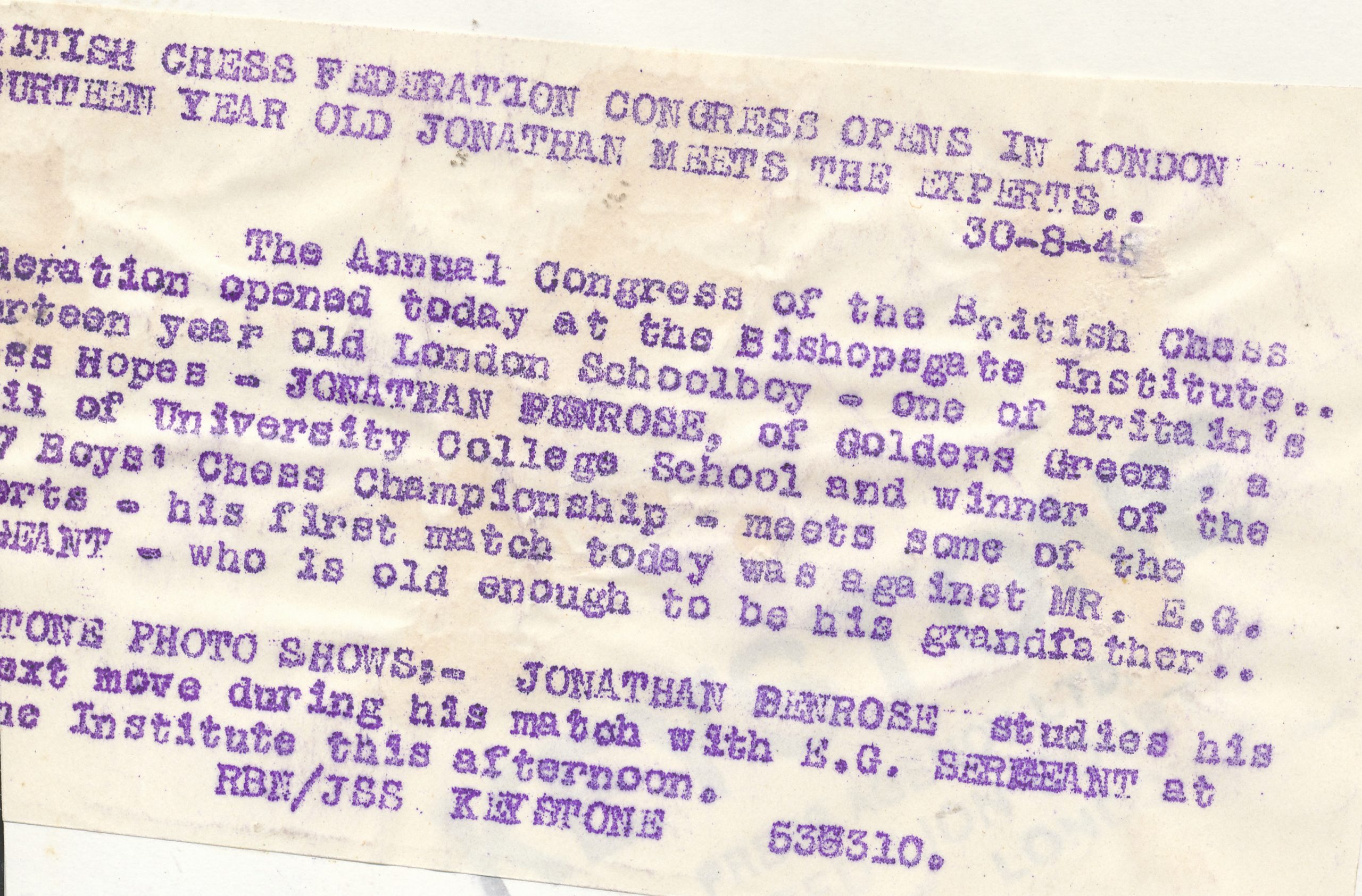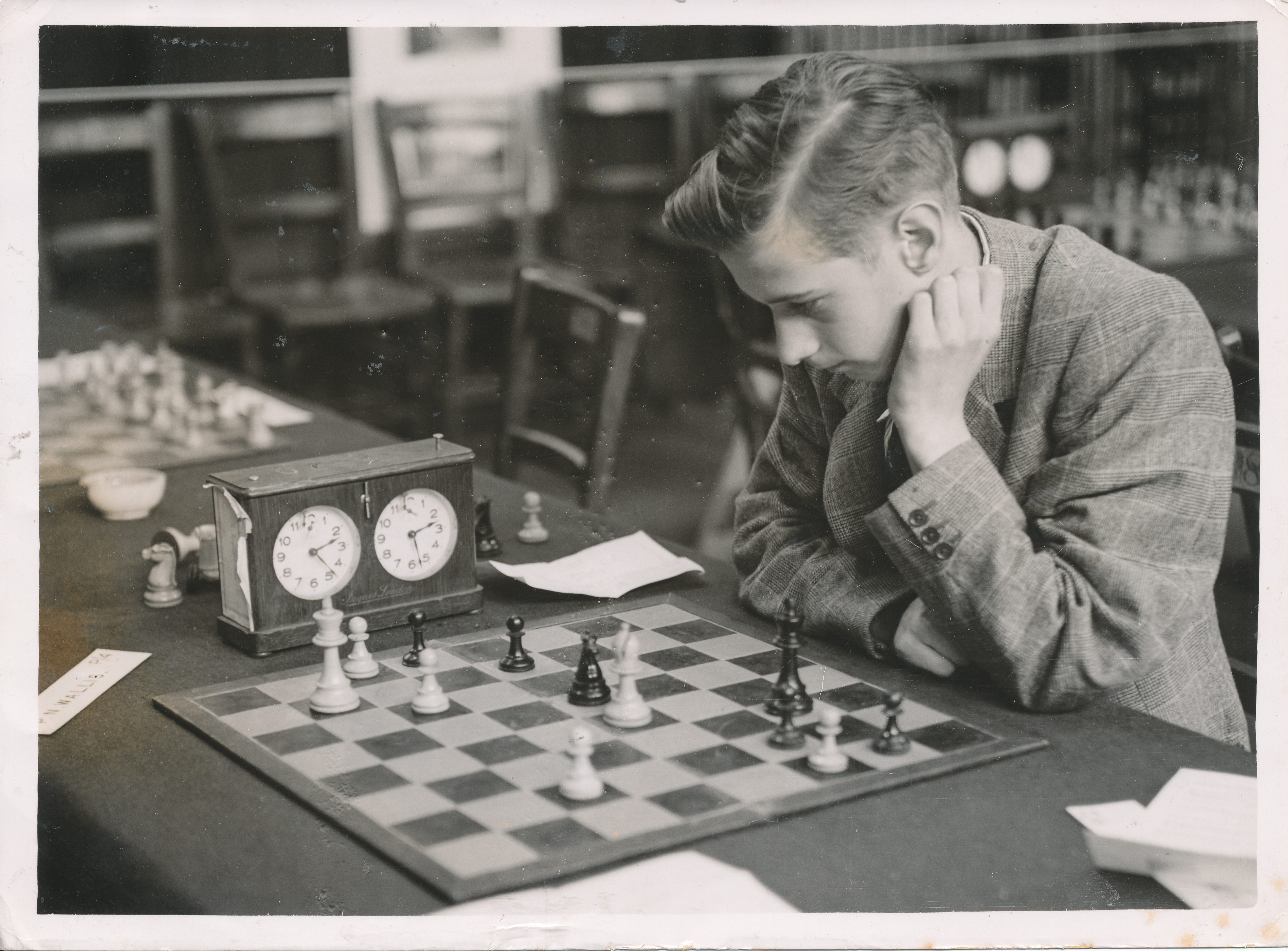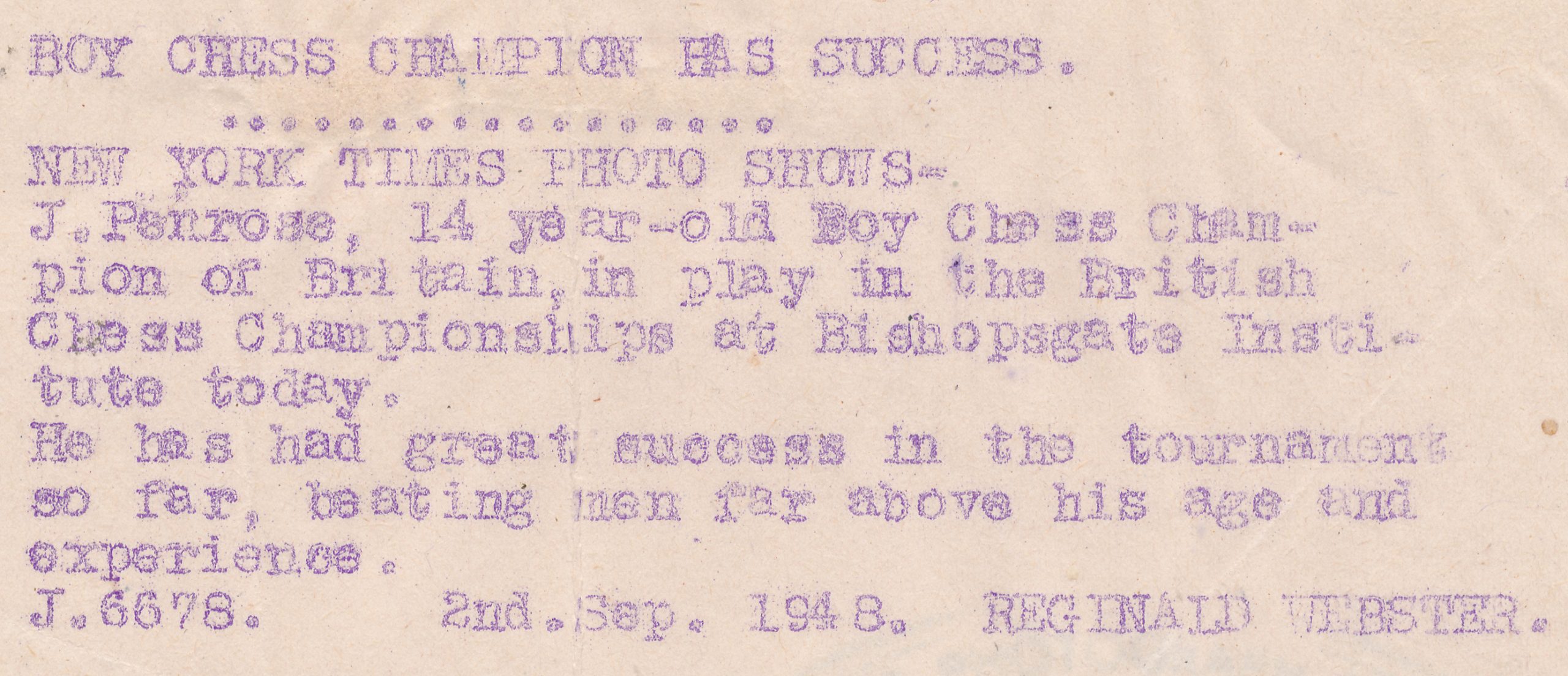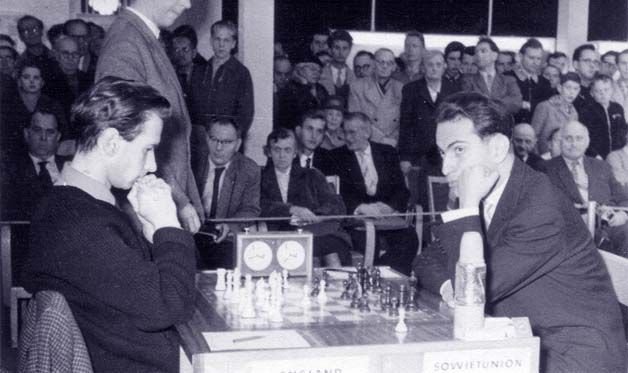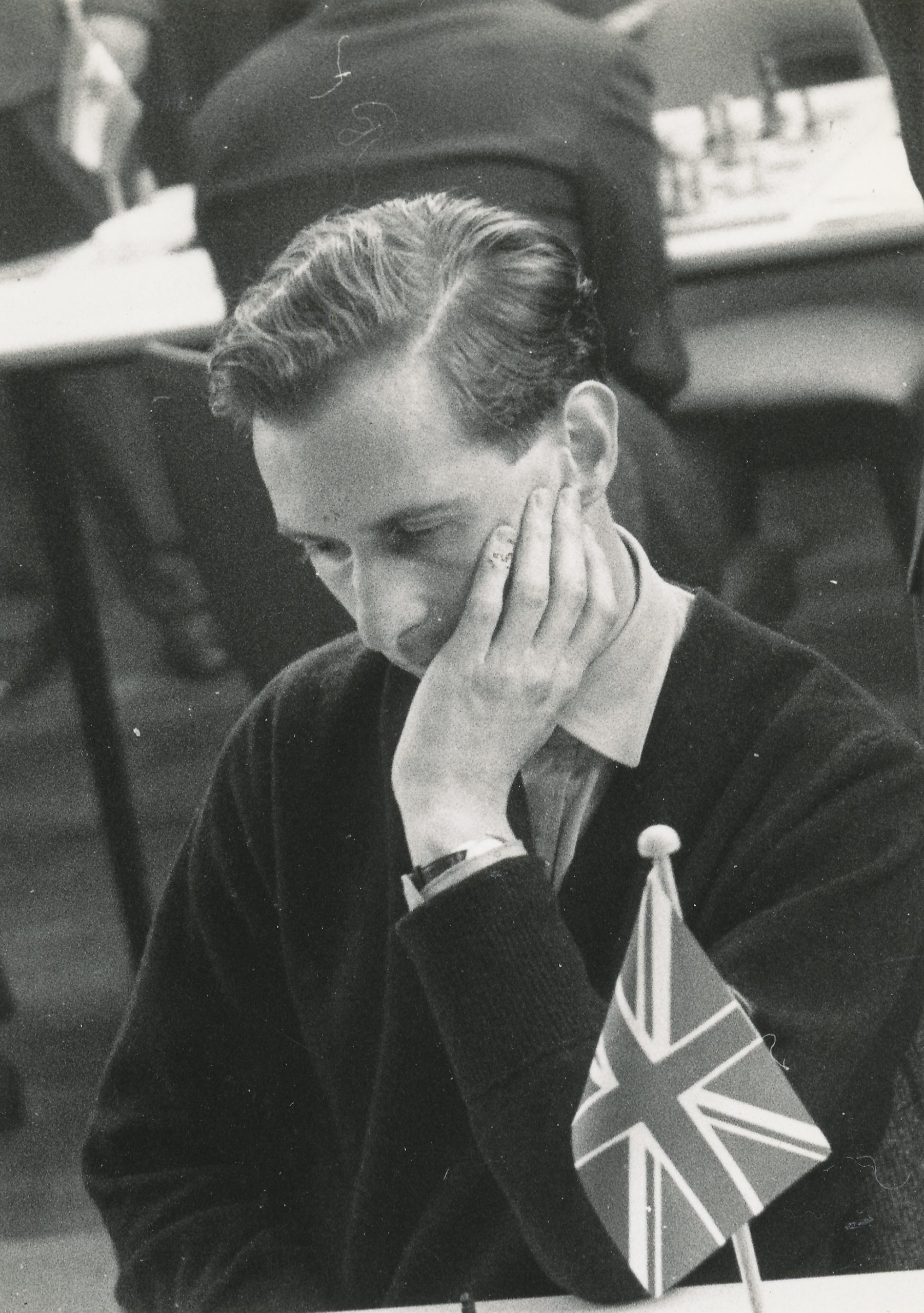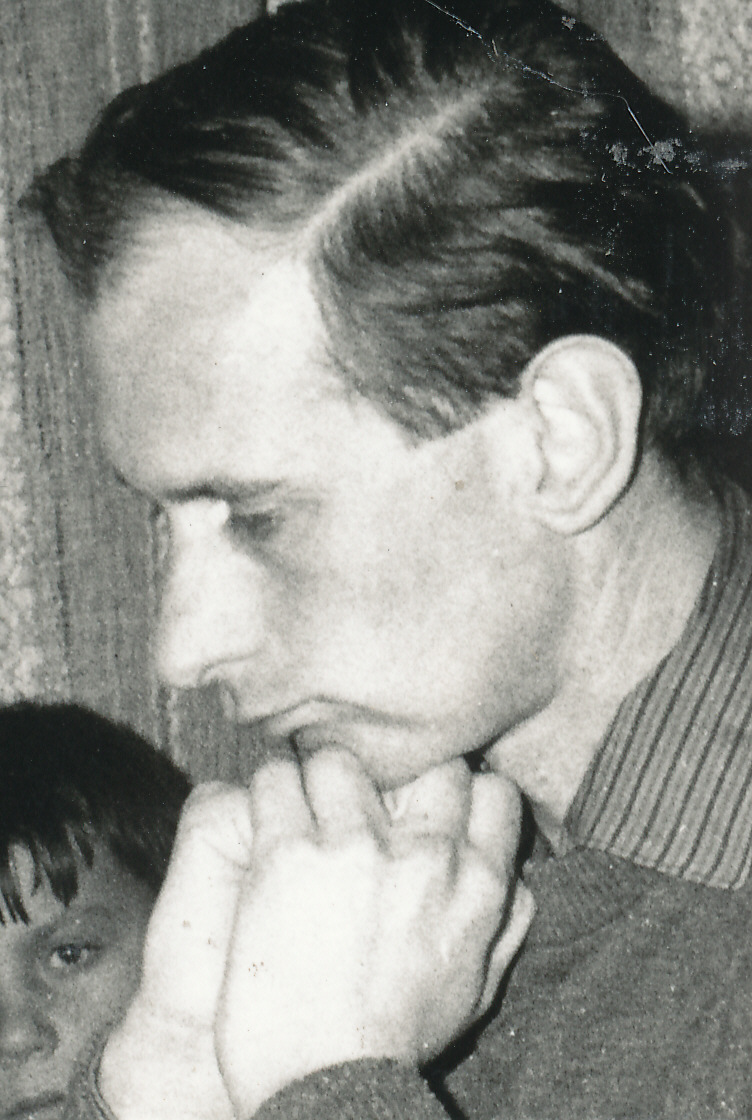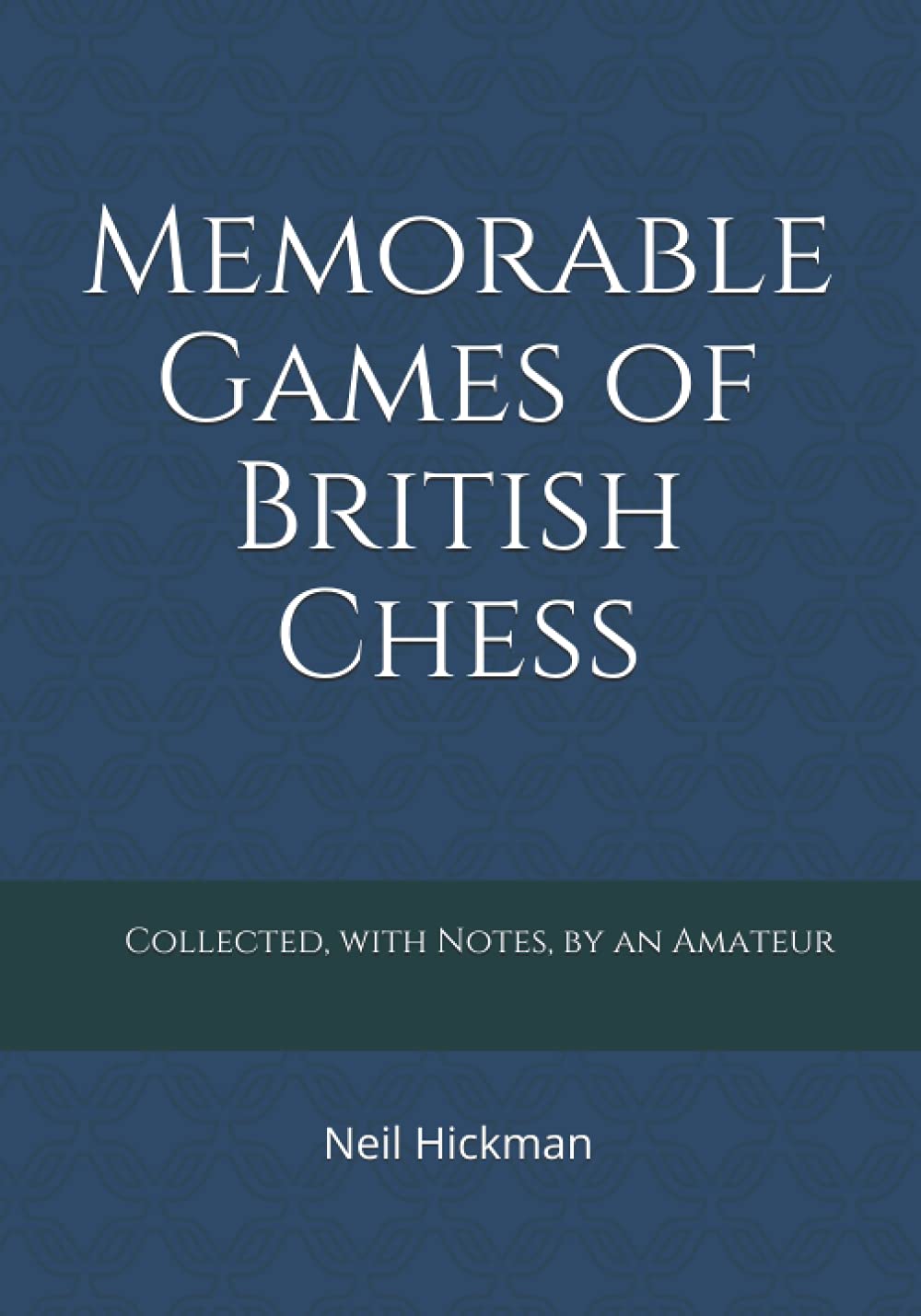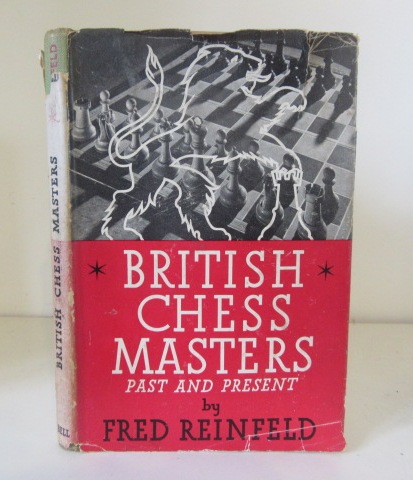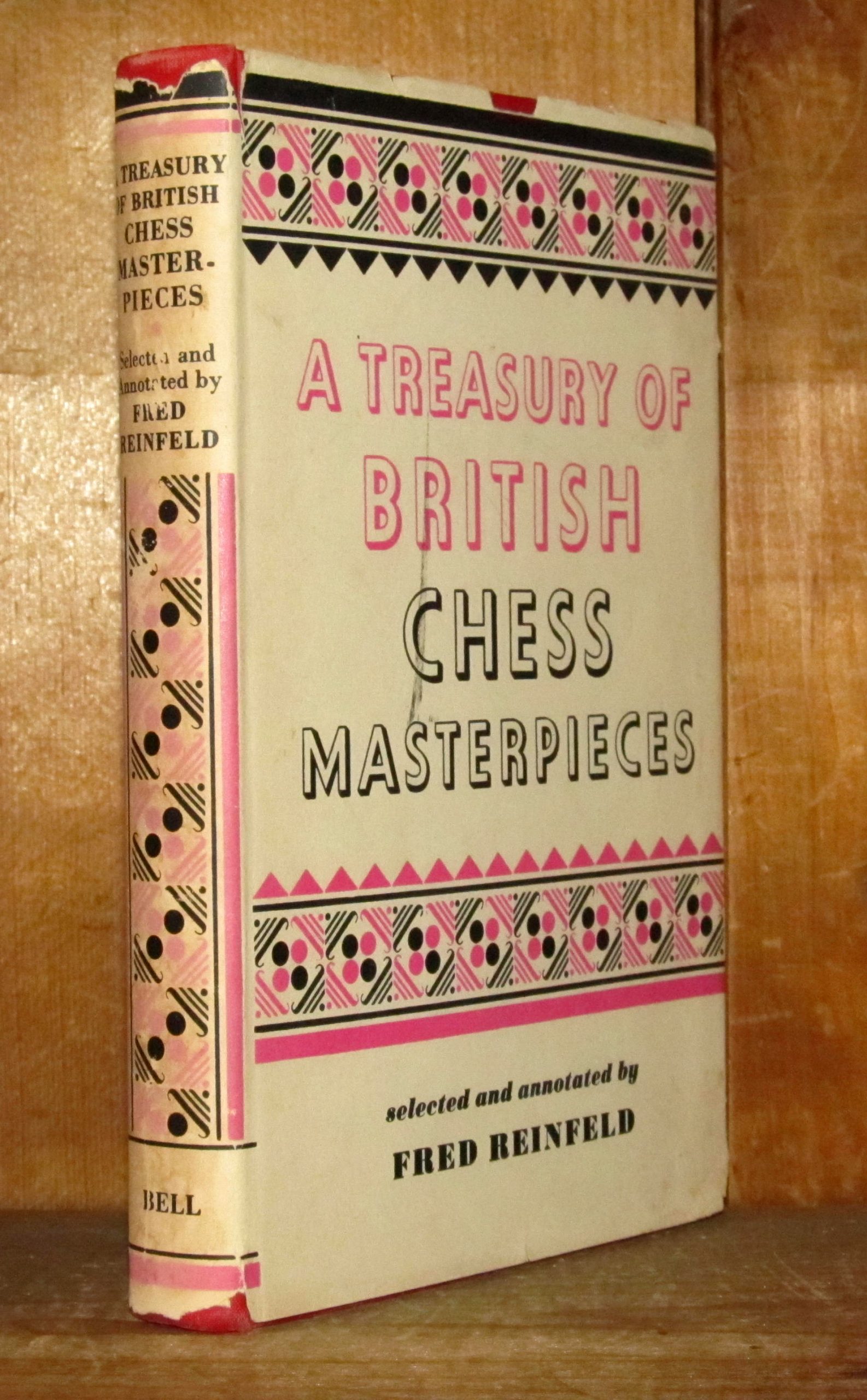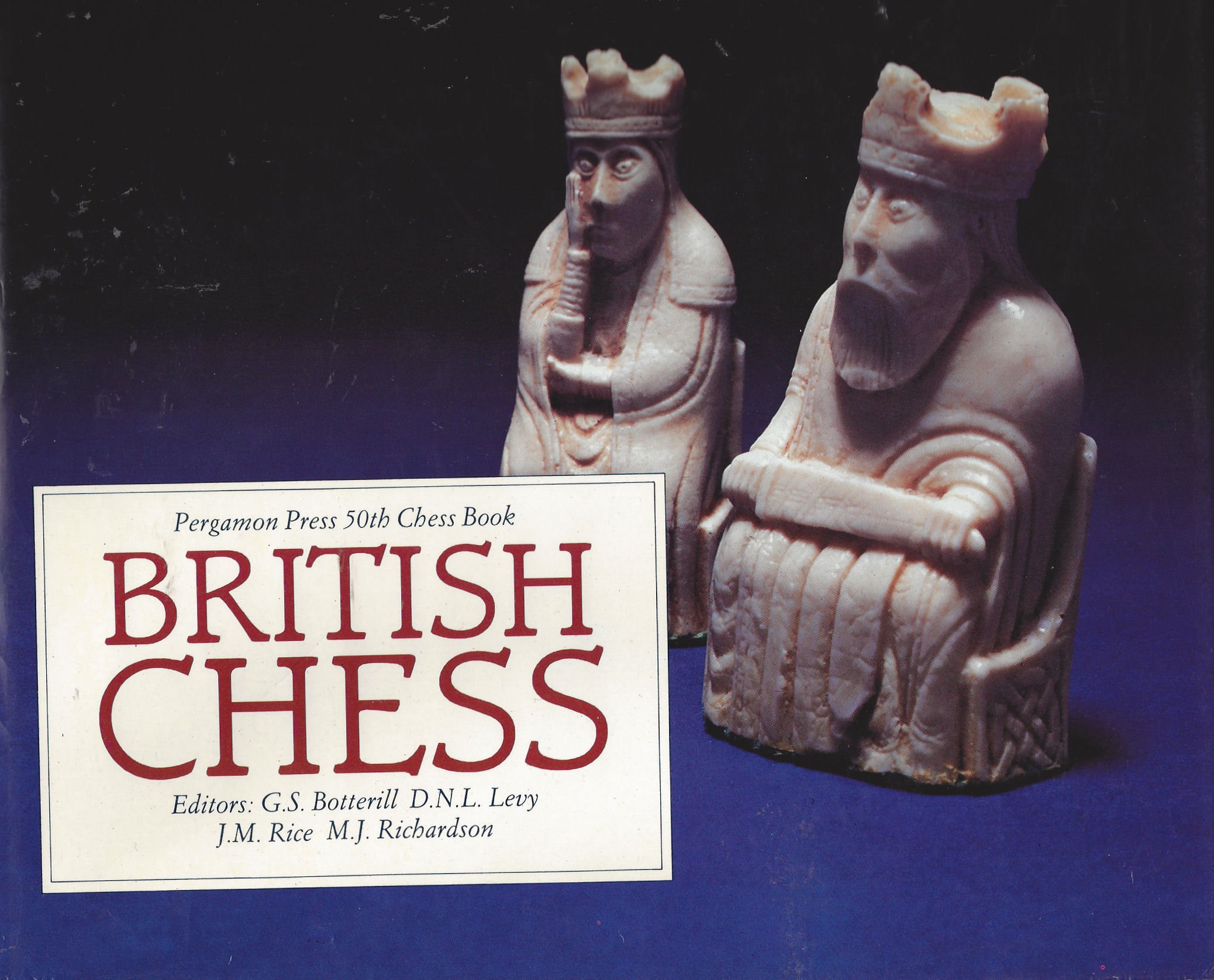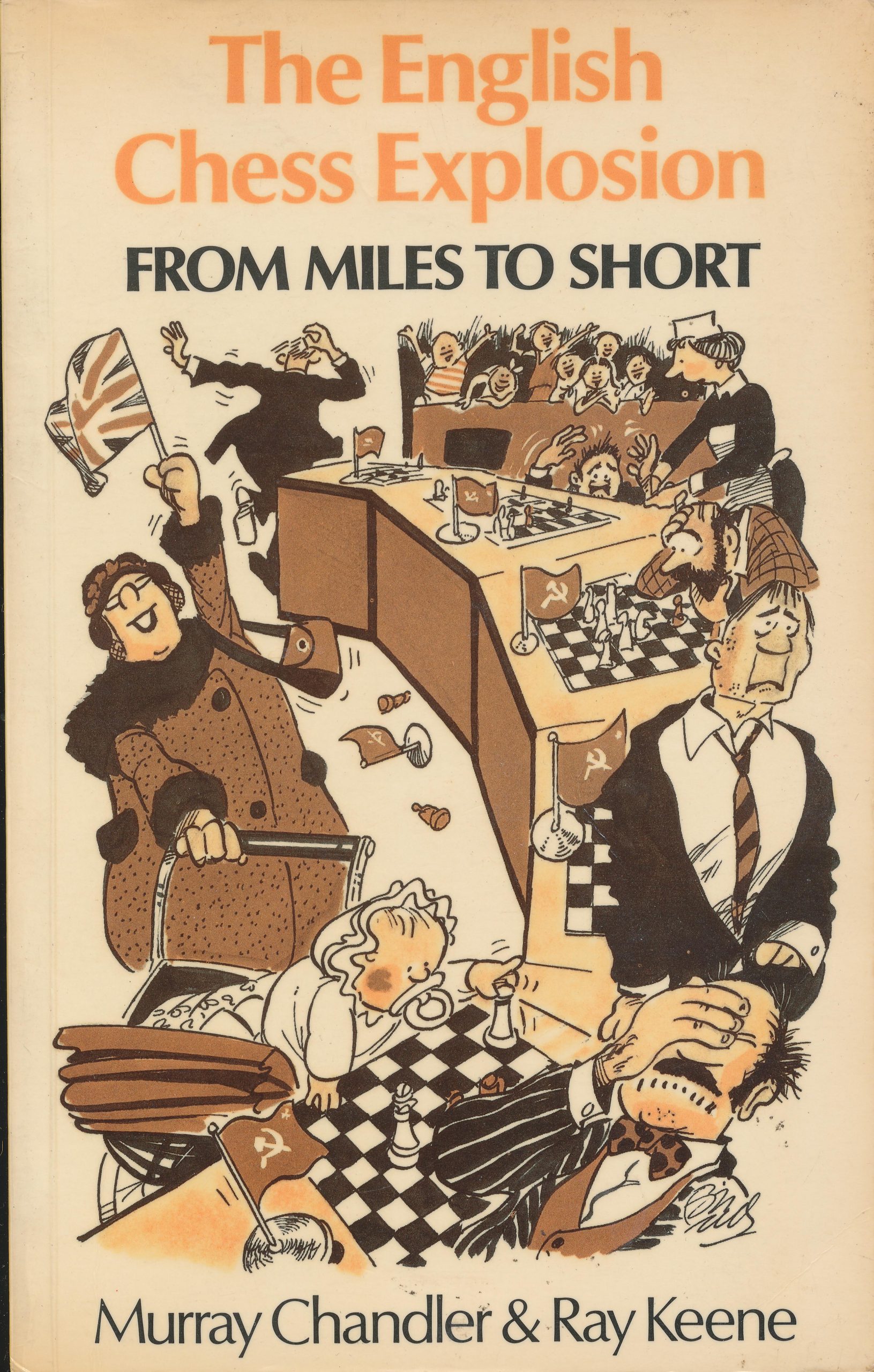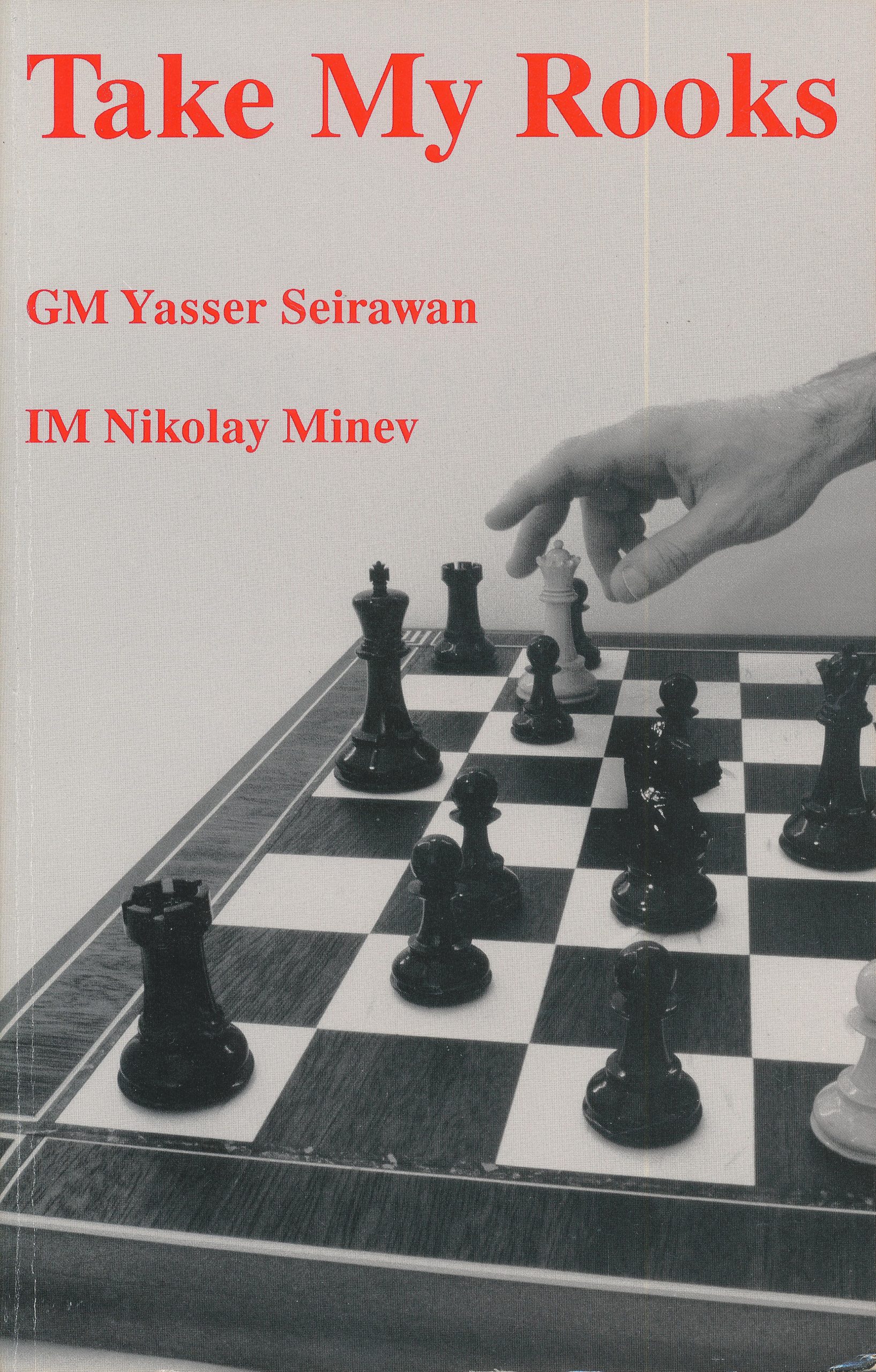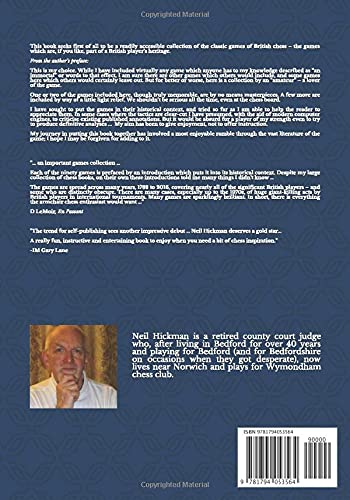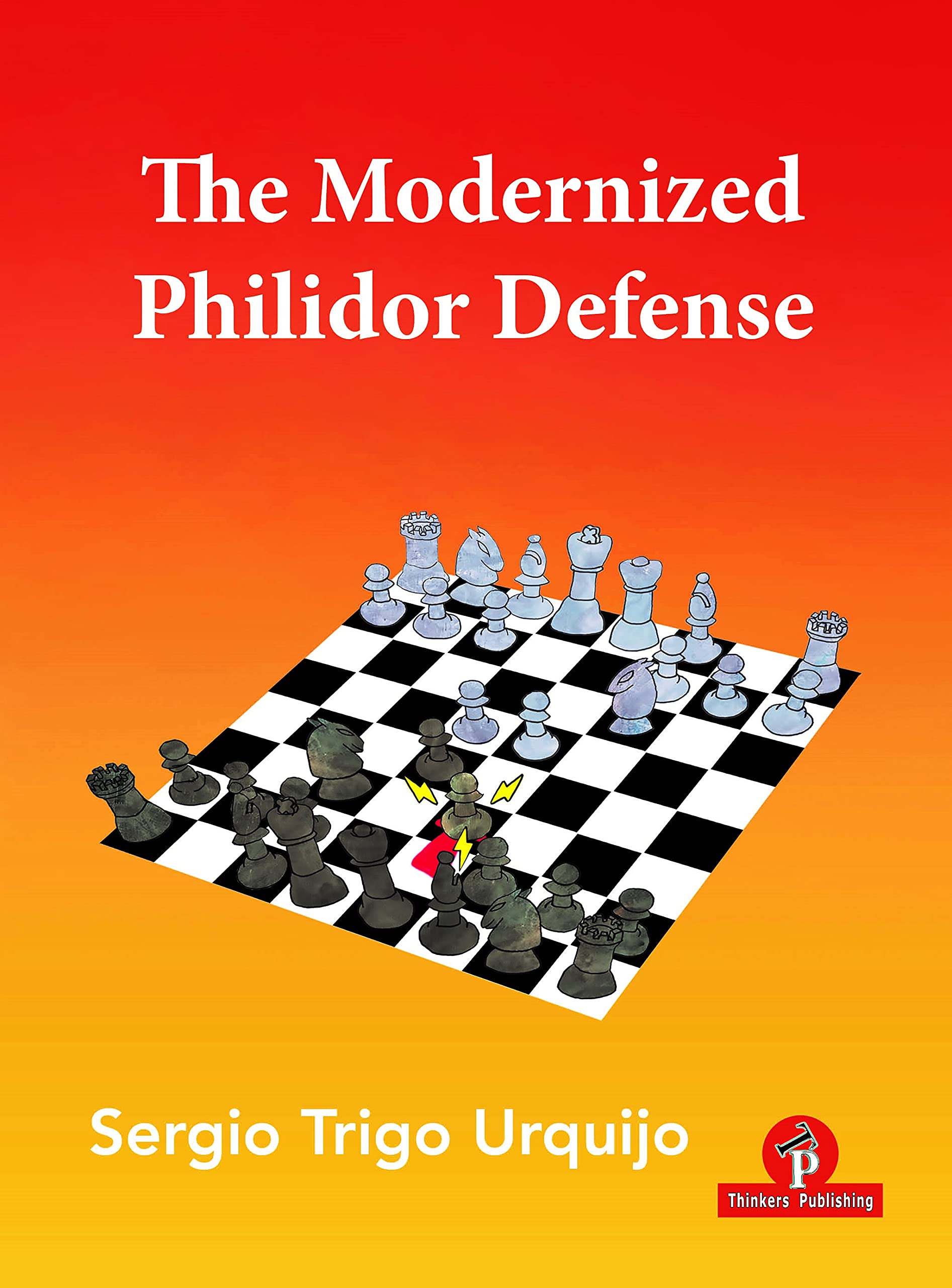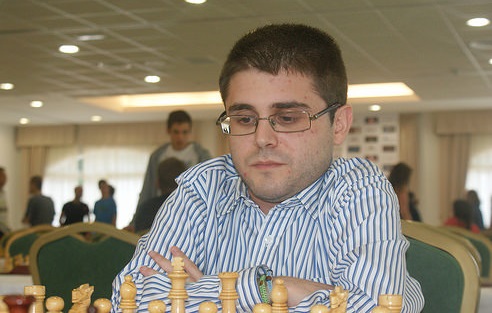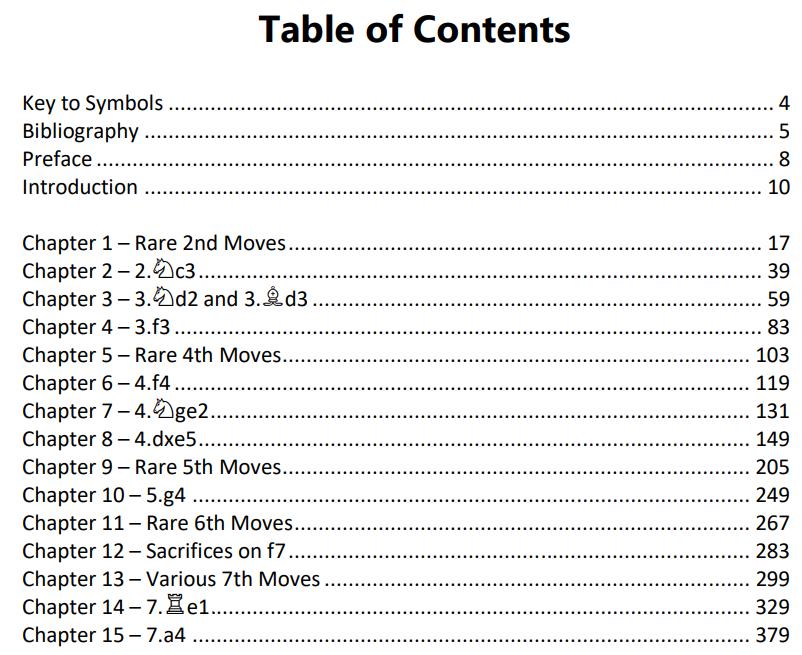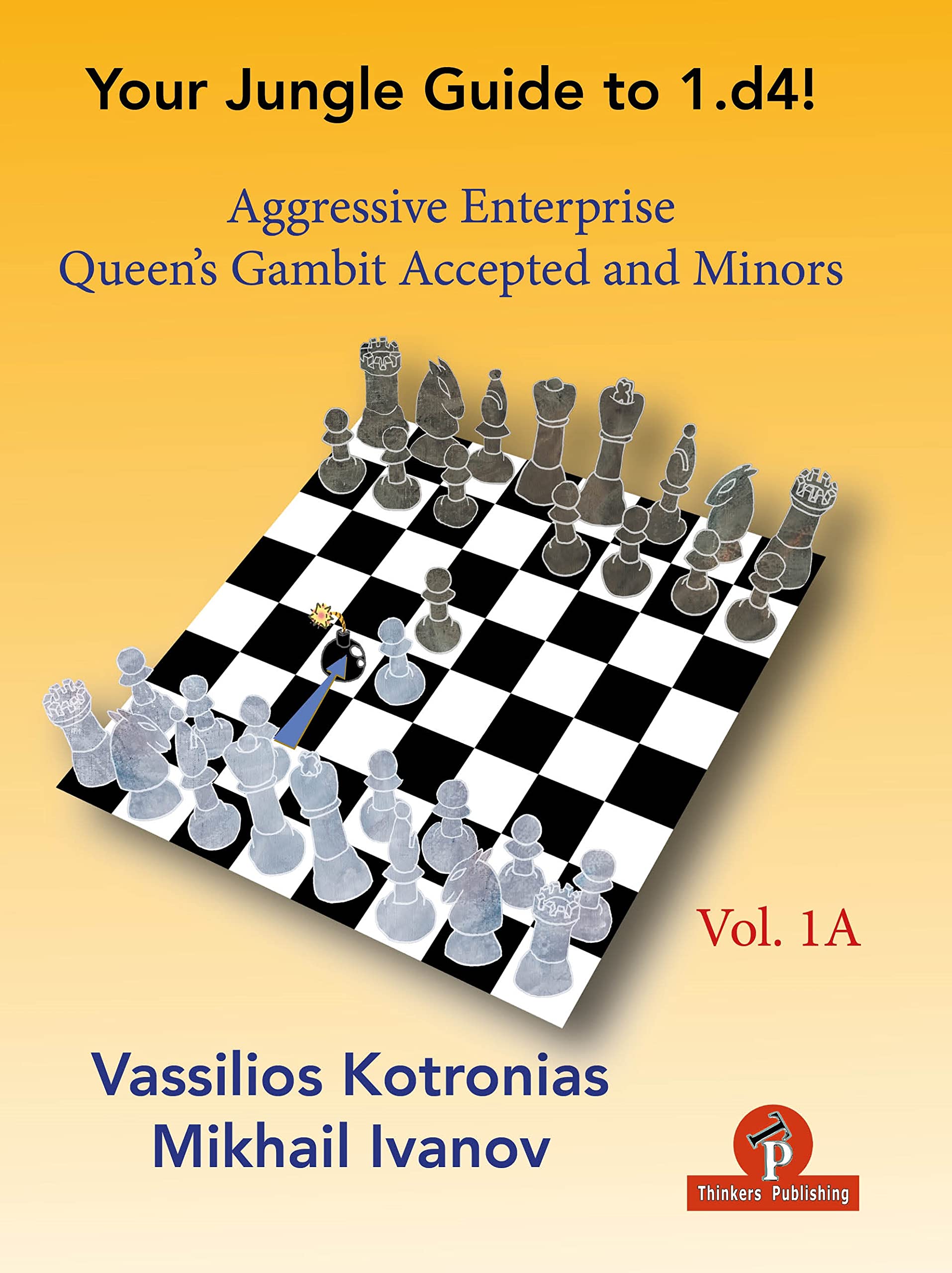
From the publisher:
“Grandmasters Kotronias and Ivanov are renowned as leading theoreticians and chess trainers. They offer a unique and world-class repertoire based on 1.d4! They advocate an ambitious approach for White, with the aim to fight for an advantage in any position. This is their first joint effort; they tackle the ever-popular Queen’s Gambit Accepted and their sidelines in Volume 1A and 1B.
We at Thinkers believe their job could not have been done any better.”
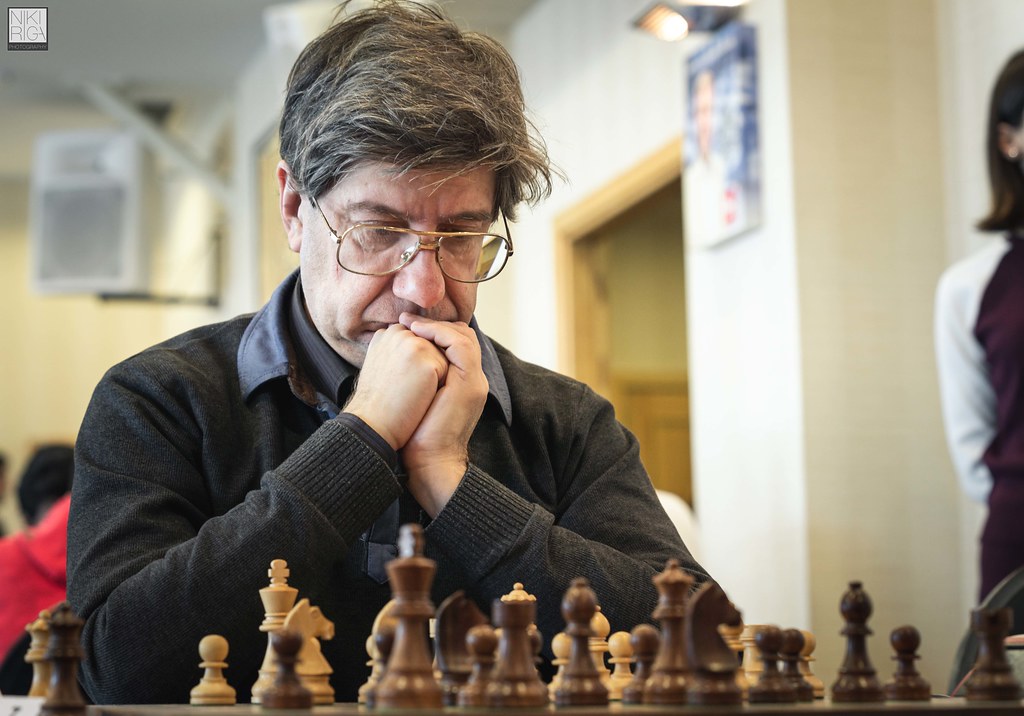
Flickr
Vasilios Kotronias | Photo by Niki Riga | Gibraltar International Chess Festival | Flickr
“Vassilios Kotronias was born in 1964 and is the first Greek Grandmaster. He is a former top-50 player and has represented both Greece and Cyprus in many chess Olympiads, mostly on the 1st board. He has also authored several chess books, his most notable work being a 5-Volume work on the King’s Indian Defense.
He has been extraordinarily successful in individual competitions overall, winning prestigious events such as Gibraltar, Hastings, Capelle la Grande (in a tie) and numerous other closed and open tournaments. He did qualify several times for FIDE’s knock-out World Cup tournament and participated often in European Individual Championships, as well as club events. He won trophies with prestigious chess clubs in the leagues of Greece, Serbia, Italy, Sweden, Hungary etc.
As a trainer he has coached the Greek National team and strong world class players like Alexei Shirov, Veselin Topalov and Nigel Short. ”
Mikhail Ivanov, was born in 1969, Bryansk, Russia.
He earned his Grandmaster title in 1993 and won countless chess events in the European chess circuits. We remember him being among the winners of one the largest opens in Europe (the Neckar Open, now better known as the Grenke Chess Open), 2002 with L.Aronian and winning this event in 1998. He played for several different European clubs in the Bundesliga, Austria, Iceland, Finland, France, Belgium, Luxemburg, Czech Republic, etc. During the European Club Championship in Ohrid (2009), he took 3rd place on the 2nd board. He mainly focused now on coaching and writing.”
End of blurb.
As with every recent Thinkers Publishing publication high quality paper is used and the printing is clear. With this title we return to the excellent glossy paper of previous titles.
Each diagram is clear and the instructional text is typeset in two column format, which, we find, enables the reader to maintain their place easily. Figurine algebraic notation is used throughout and the diagrams are placed adjacent to the relevant text.
There is no Index or Index of Variations (standard practise for Thinker’s Publishing) but, despite that, content navigation is relatively straightforward as the Table of Contents is clear enough.
Here are the main chapters:
- Chigorin
- Albin Gambit
- Baltic Ultimate
- Mamedyarov System
- Queen’s Gambit Accepted 3.e4 c5
- Queen’s Gambit Accepted 3.e4 b5
and here is an excerpt in pdf format.
The first thing to notice is that this is a repertoire book from the perspective of the first player and that it is designated Volume 1A. Volume 1B will treat the remainder of the QGA repertoire for White and later to be published volumes 2-5 will cover the other lines for White. Eventually there will be six volumes (1A, 1B, 2, 3, 4 and 5) in total.
So, clearly this is part of an ambitious project going into immense detail suited to the active tournament player and the project is to provide an active repertoire for White based around 1. d4 and 2. c4 where possible. Reviewing the repertoire based around one out of six volumes is, of course, not possible.
Interestingly Kotronias is usually a 1.e4 player and declares that he was motivated to
dive into new waters
for this project whereas Ivanov is almost the opposite with 616 games starting 1.d4, 447 with 1.Nf3 and 78 with 1.c4 which makes for an unusual collaboration.
Chapter 1 kicks-off with the Chigorin Defence with 3.Nf3! being recommended:
which fits in nicely also with someone who plays a 2.Nf3 or even 1.Nf3 move order. 3.Nf3 is the most popular move in Megabase 2022 with 4704 games just edging out 3. Nc3 and 3. cxd5.
Of course 3…Bg4 IS the main line but for the sake of completeness we would have included 3…e5 (as played by Morozevich) with at least a mention as it is very much in the spirit of the Chigorin.
The most interesting point in this line is what should White play here:
boiling down to the eternal motif of
Which rook?
and the authors spend considerable effort looking at these two (plus the curious 10.Bg2!?) options. In the main the early analysis is verbose and rich with explanation. To find out if 10.Rg1 or 10.Rb1 receives the ultimate seal of approval you will need to purchase the book. The analysis at say move 10 onwards is highly detailed but also with helpful explanation.
So, if you are new to the Chigorin (or not) with White the depth is excellent.
Chapter 2 visits that club player favourite, the Albin Counter-Gambit:
and we get to the tabiya of
where all of Black’s sensible options are discussed in depth.
The Baltic (or Grau) Defence is the next subject of discussion and this time the authors put the proverbial cat amongst the pigeons with the off-the-wall suggestion of 3.Qb3!?
which certainly wastes no time in hitting the Baltic’s Achilles heel, the b7 pawn. 3.Qb3!? scores 61.4% over 243 games and is preferred by Sokolov and Novikov. The authors follow 3.Qb3!? with the more main stream 3.cxd5! as the main repertoire recommendation.
It is not often we encounter a new opening name and the Mamedyarov System meant nothing to us before we looked it up. This would appear to be their new name for what chess.com classifies as the Austrian Defence:
which Shakhriyar Mamedyarov has essayed 51 times scoring a noteworthy 63.7% with the Black pieces, The authors utilise 18 pages on this unusual choice so that White players will not be caught unawares.
The remaining chapters cover 1. d4 d5; 2.c4 dxc4; 3.e4 with either 3…c5 or 3..b5 from pages 126 – 319 which is a stunning amount of analysis and detail.
Noteworthy is that Duda used one of the authors TNs in his 2022 game with Sergei Karjakin at Wijk aan Zee to good effect:
and the full game was:
Seeing as this is merely part 1 of a projected 6 parts we have a feeling this could easily be described as an epic series of tomes. It remains to be seen what is included and what, if any, lines are omitted. The level of coverage is unusually flexible in that it caters for players new to lines and then provides a huge level of detail.
We very much look forward to receiving the rest of the series.
A small plea to the publishers: Please consider adding an Index of Variations! We say this because of highly detailed level of analysis. A minor observation is the enthusiastic sprinkling of !s after moves: clearly this is a matter of taste.
John Upham, Cove, Hampshire, 22nd January, 2022

Book Details :
- Hardcover : 430 pages
- Publisher: Thinkers Publishing; 1st edition (21 Dec. 2021)
- Language: English
- ISBN-10: 9464201231
- ISBN-13: 978-9464201239
- Product Dimensions: 17.15 x 2 x 23.5 cm
Official web site of Thinkers Publishing


